From drones to urban mobility: Spectronik co-founder on its hydrogen fuel cell innovation
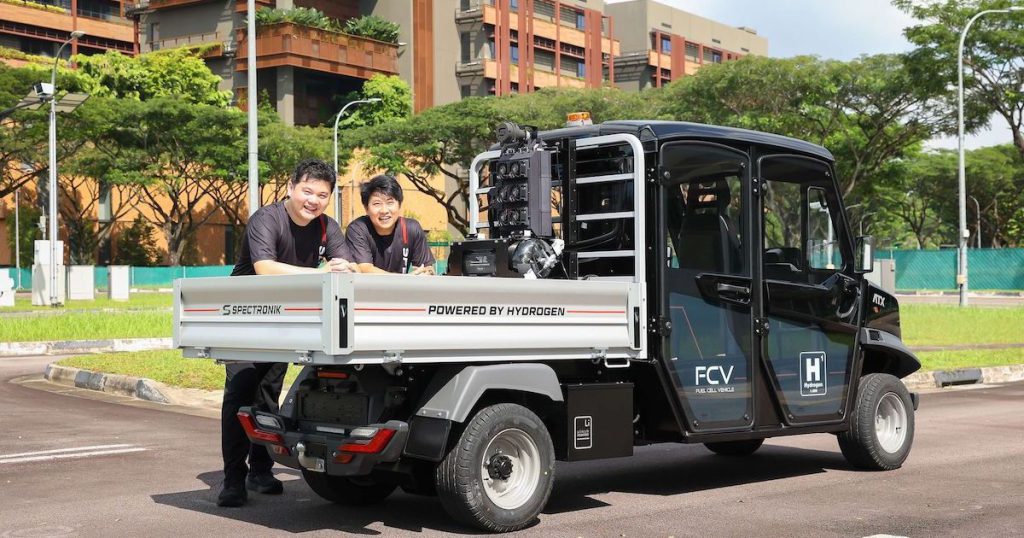
In the realm of cutting-edge technologies that promise a greener and more sustainable future, few have captured the imagination quite like hydrogen fuel cells.
These innovative power sources hold the potential to revolutionise transportation and reshape the way we think about energy.
Started out targeting military and industrial drones
Spectronik’s journey began in a time when discussions about global warming, sustainability, and electrification were still nascent. Back in 2011, the world was far from embracing hydrogen fuel cell technology, which presented a significant challenge for the company. Preaching the advantages of a hydrogen fuel cell vehicle would be irrelevant. …. The solution was finding a niche application – military and industrial drones, which needed our hydrogen fuel cells in order to fly longer than using lithium batteries. – Jogjaman Jap, co-founder of Spectronik The company began by providing fuel cell systems to drone manufacturers who sought to extend the flight time of their creations. However, it was the subsequent evolution of Spectronik’s offerings that truly set them apart. Following a series of successful collaborations and case studies, end-users began approaching Spectronik with a different request: a full turnkey solution. Drone service providers, keen on harnessing the benefits of hydrogen-powered drones without the complexity of system integration, found their answer in Spectronik. Jogjaman elaborates on this pivotal moment: “By then, we had accumulated much experience working with various drone makers, so it was not impossible to make one ourselves.” The result is Spectronik Phoenix, a hydrogen fuel cell drone capable of flying for up to two hours. In comparison, a battery-powered drone of similar size could manage only 30 to 40 minutes. Spectronik’s early customers include prominent names like Boeing, China Aerospace, and General Atomics. The appeal of Spectronik’s hydrogen-powered drones to them is crystal clear — it customises its fuel cell systems precisely to their drone requirements, addressing factors such as power, voltage, and form factor. The primary attraction, however, remains the staggering threefold increase in flight time compared to lithium batteries. This extended flight time unlocks a world of possibilities for these manufacturers, enabling them to explore new mission parameters, expand their range, and enhance their area coverage. Moreover, it presents a cost-effective alternative to traditional solutions such as manned helicopters. Although the fuel cell costs are higher compared to batteries, early adopters in the military and industrial sectors were fortunately less price-sensitive, providing Spectronik with valuable traction. Spectronik’s focus on hydrogen fuel cells has yielded remarkable advantages over traditional battery-powered electric vehicles (EVs), particularly in terms of range and environmental impact. “In general, there are two advantages,” Jogjaman explains. “Firstly, due to the high gravimetric density (energy content per unit weight) of hydrogen gas, hydrogen fuel cells can typically contain two to three times more energy for the same weight compared to lithium batteries.” This translates to a longer driving range. Indeed, one of the significant drawbacks of traditional battery-powered electric vehicles is their limited range. As such, Spectronik’s hydrogen fuel cells promise to change the game by offering extended range capabilities, making long-distance travel and logistics more feasible and efficient. “Also, when the hydrogen gas in the tank is depleted, refuelling takes just five minutes – similar to gasoline refilling, which we are accustomed to, compared to several hours for battery charging.” This rapid refuelling time eliminates the need for lengthy charging stops, making hydrogen fuel cells a compelling choice for industries where downtime is costly and inconvenient. Additionally, Jogjaman pointed out a crucial environmental benefit. “If the hydrogen gas is produced using renewable energy (such as the electrolysis of water using solar panels or wind turbines), then it is possible to have a zero carbon footprint from well-to-wheels, whereas a battery-powered EV will only be as clean as the source of the electric power grid.” While the benefits of hydrogen fuel cells are evident, Jogjaman delved into another innovative aspect of their technology: refurbishment. This focus on refurbishment is a gamechanger for the industry, as it addresses a common concern – the upfront cost of adopting hydrogen fuel cell technology. More than 90 per cent of the components that make up a fuel cell can be recycled. Over time, the fuel cell membrane loses its efficacy to convert hydrogen gas into electricity. This is the only consumable that needs to be replaced. By designing our fuel cell for ease of refurbishment, the fuel cell can be reused again and again for several lifetimes just by replacing the membrane. This is game-changing as the high upfront cost of a fuel cell can now be amortised over several lifetimes, reducing the cost barrier to fuel cell adoption. – Jogjaman Jap, co-founder of Spectronik This approach aligns seamlessly with the principles of a circular economy, reducing waste and promoting sustainability. Jogjaman also highlighted the practicality of their solution. Refurbishing fuel cells at the point of use is a straightforward and economical process, as they do not contain hazardous chemicals, unlike batteries, which pose greater challenges when it comes to safe disposal or recycling. The streets of Singapore are about to witness a transformative shift in the world of urban mobility, thanks to a groundbreaking collaboration between Spectronik and the Jurong Town Corporation (JTC), which includes upcoming trials of the city-state’s first-ever hydrogen fuel cell-powered light commercial vehicle. Scheduled for launch in the fourth quarter of this year, these trials hold significant promise for a cleaner, greener future. Jogjaman outlines three key goals that underpin these trials. The first objective is to stress test Spectronik’s fuel cell technology in a real-world operating environment. The trials will expose the system to the rigours of Singapore’s climate, from scorching heat to torrential rain. Additionally, they will assess its performance under conditions such as stop-and-start driving, shock and vibration, and exposure to dust and dirt. The data collected will provide invaluable insights into the fuel cell’s durability and lifespan, encouraging potential adoption by new energy vehicle manufacturers. The second goal is to collaborate with relevant authorities, such as the Land Transport Authority (LTA) and the Singapore Civil Defence Force (SCDF), to ensure the safe integration of this pioneering technology onto Singapore’s public roads. This collaboration extends beyond the trials to encompass the broader operational and economic feasibility of deploying a fleet of hydrogen fuel cell vehicles in Singapore. Critical factors, including refuelling infrastructure requirements and carbon savings, will be carefully considered. Lastly, the trials hold the potential to elevate public awareness of hydrogen fuel cell technology and establish Singapore as a “living lab for advanced urban mobility solutions”. This showcases Singapore’s commitment to driving innovation in sustainable transportation and positions it as a global leader in the field. Spectronik’s ambitious plans go well beyond the trials. Within the next five years, the company aims to introduce a fleet of hydrogen fuel cell-powered light commercial vehicles on public roads. This move aligns with their overarching goal of accelerating the transition to zero-carbon transportation. These fuel cell-powered vehicles are specifically tailored for fleet applications that are challenging to electrify with traditional batteries. Vans, taxis, and buses, for example, often cover substantial distances in a single day and cannot afford lengthy charging stops. Hydrogen fuel cells offer a practical solution, with the added advantage of centralised refuelling at depots. This centralised approach significantly reduces the strain on power infrastructure and lowers charging equipment costs, making it a practical and efficient choice for commercial fleets. Jogjaman emphasises that for private cars with limited daily driving hours and overnight charging options, battery EVs remain an excellent choice. However, for commercial vehicles with demanding schedules and centralised operations, hydrogen fuel cell technology offers a viable, eco-friendly alternative. Today, Spectronik has made a name for itself worldwide, manufacturing high-quality portable fuel cells that are made in Singapore. Their products have reached 33 countries, serving various applications from drones to forklifts, vehicles, water vessels, and more. Notably, the Phoenix Hydrogen Fuel Cell drone received the 2020 Taiwan Excellence Award, while Spectronik-powered eco-cars consistently dominate fuel efficiency competitions. Jogjaman noted that the adoption of hydrogen fuel cell technology relies heavily on government support and Singapore’s National Hydrogen Strategy, announced in the previous year, further strengthens Spectronik’s belief in the increasing adoption of hydrogen fuel cell technology. In the near future, they aim to establish an automated fuel cell production and recycling centre in Singapore, aligning with the nation’s vision for advanced manufacturing and green job creation. Jogjaman envisions an imminent “Hydrogen Inflection Point,” where core material cost reduction, hydrogen infrastructure, technology readiness, government mandates, and regulatory approval converge. At this juncture, Spectronik may expand its business model to include fleet ownership and leasing of fuel cell vehicles, maximising refurbishment for long-term profitability and environmental sustainability. Their ultimate goal is clear: to enable cleaner, longer-lasting vehicles that contribute to a greener planet. Spectronik’s commitment to innovation, government collaboration, and sustainability positions them at the forefront of the hydrogen fuel cell revolution, paving the way for a cleaner and more efficient future. Featured Image Credit: Spectronik Also Read: This S’pore startup is transforming the construction and landscaping sectors with clean energy
What are the benefits of hydrogen fuel cells?
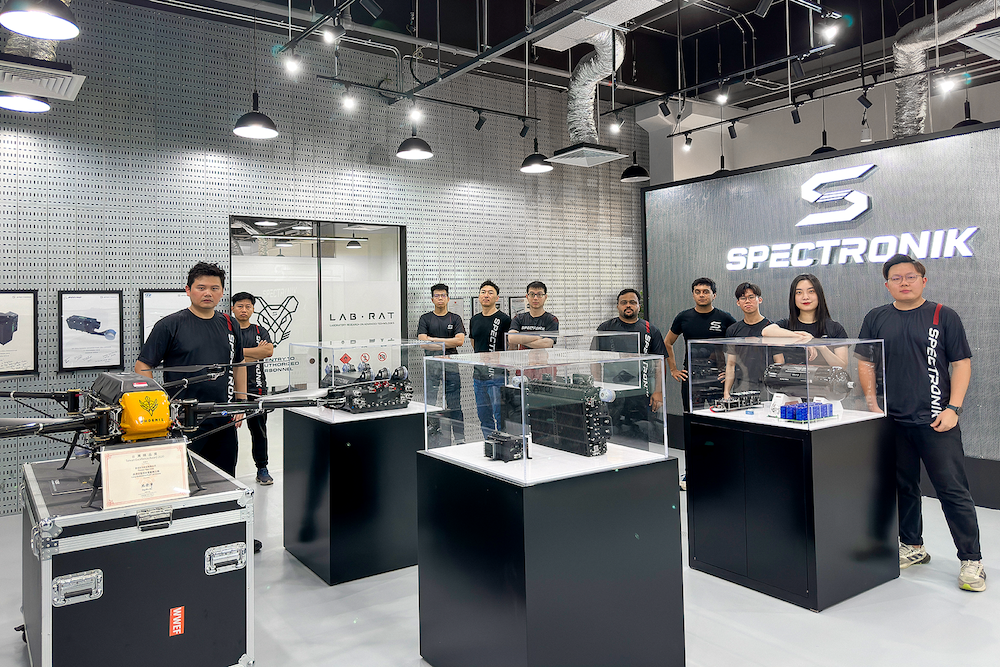
Setting the stage for transformation
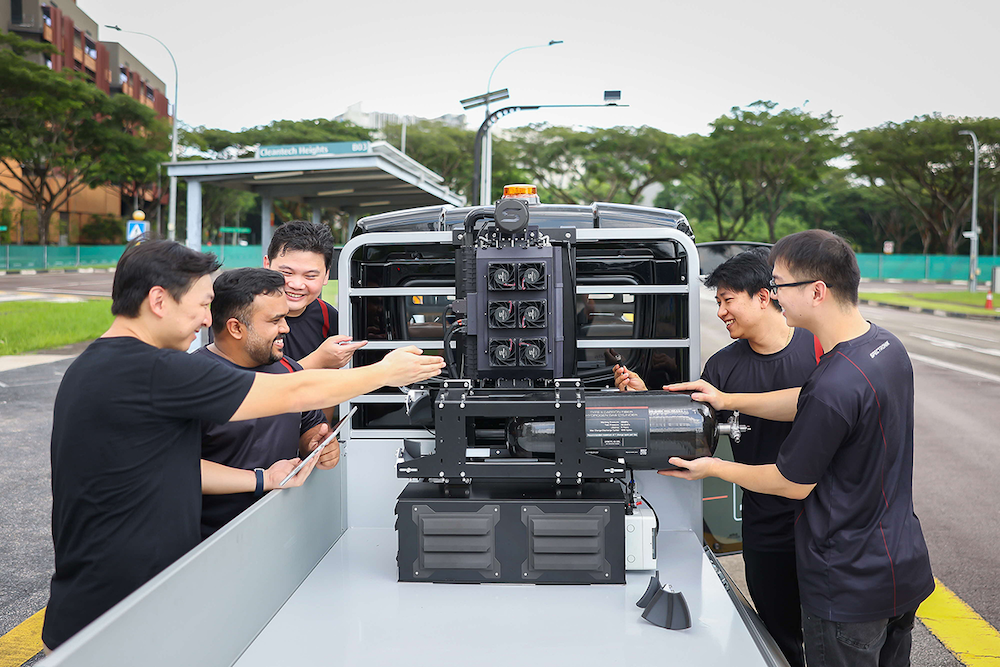
Foresees greater adoption in the future
Here are 42 local titles featured on the 1st M’sian-made games showcase on Steam
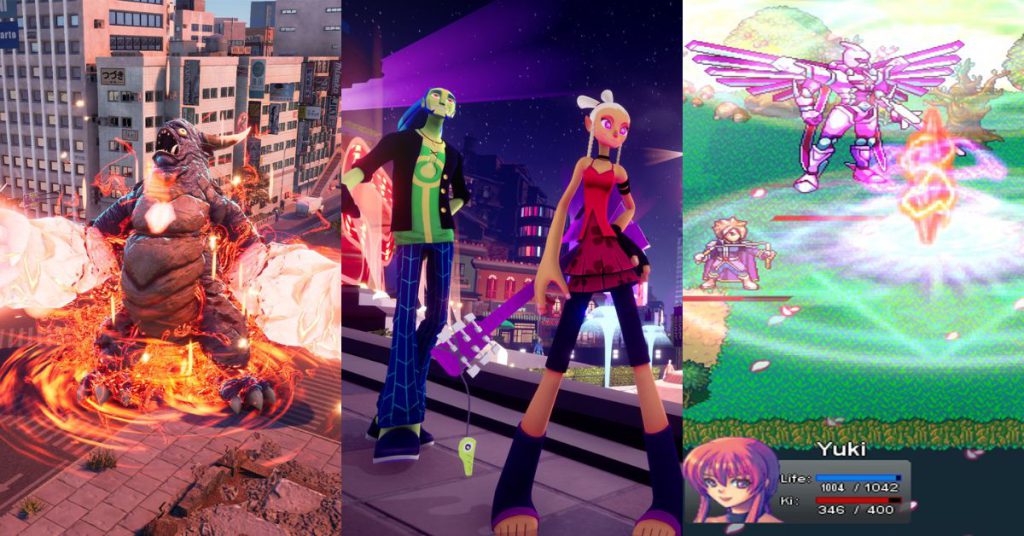
Happening from September 27 to 29, LEVEL UP KL is the annual conference for Southeast Asian game developers organised by Malaysia Digital Economy Corporation (MDEC).
Leading up to the event, which is a part of the Malaysia Digital Content Festival (MYDCF), MDEC has created a sale page on Steam showcasing Malaysian creations.
Here were the locally made games highlighted.
Games that are already available to play
1. Gigabash
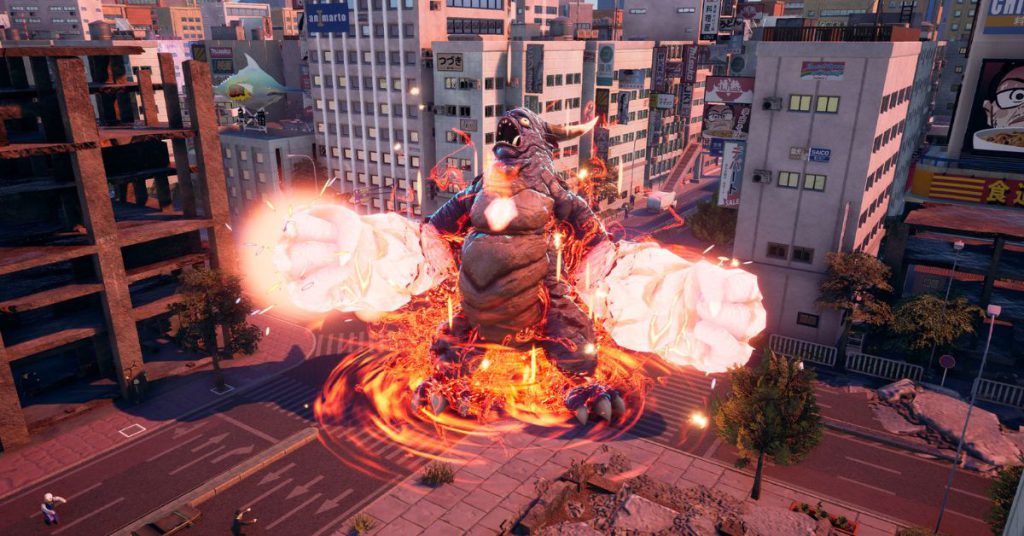
A brawler game by Passion Republic, Gigabash gives you the opportunity to play as Kaiju creatures in a multiplayer arena. Having reviewed the game in the past as well as visited the studio behind it, we’re excited to see this name featured on the list.
Price: RM68.49
Rating: Very Positive (748 reviews)
2. Zombie Soup
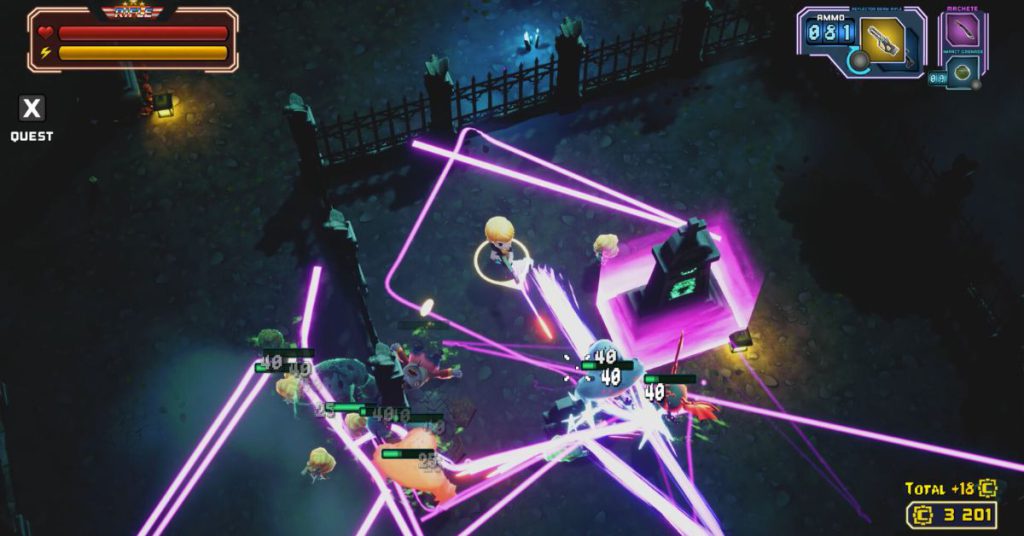
Developed by AeonSparx Interactive, Zombie Soup is a top-down shooter game with hack-and-slash action. It follows Ricky, who must shoot and dodge his way through bizarre creatures and challenging bosses to save a kidnapped girl.
Price: RM32.00
Rating: Very Positive (54 reviews)
3. Paper Ghost Stories: 7PM
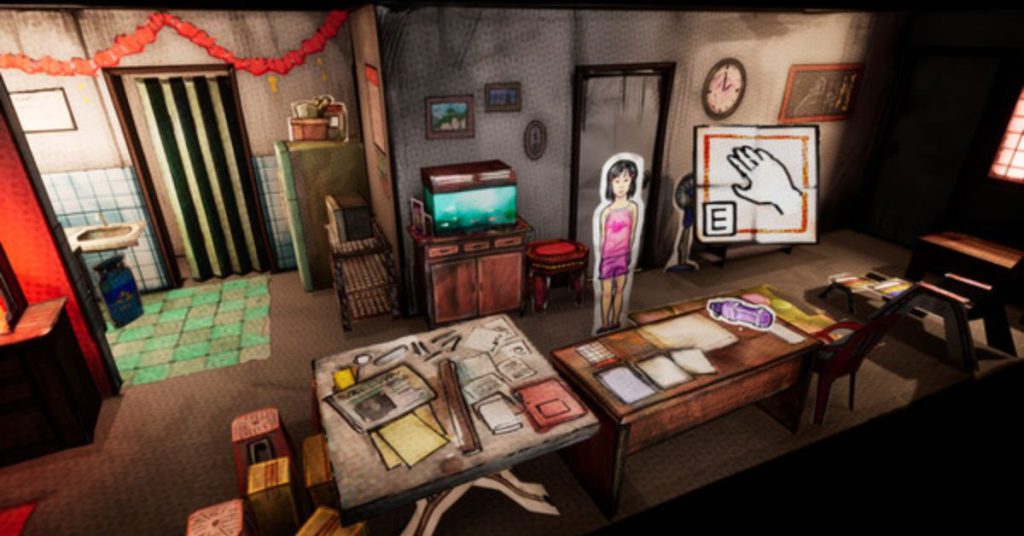
A narrative-driven adventure game, Cellar Vault Games’ Paper Ghost Stories: 7PM follows three children during the arrival of their mysterious new neighbour. Things quickly take a dark turn in this paper art-inspired game.
Price: RM14.90
Rating: Very Positive (54 reviews)
4. Cramped Room of Death
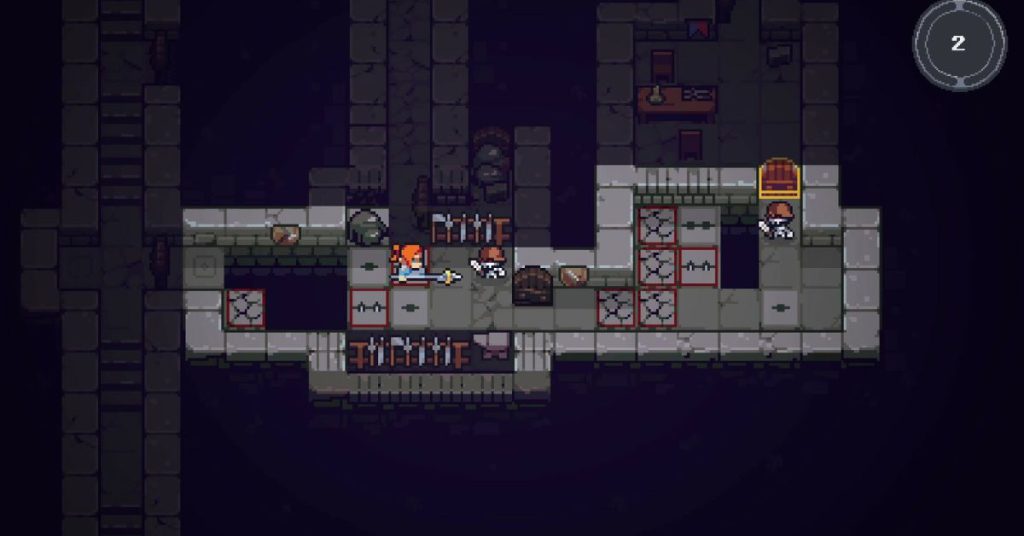
Playing as Lance, an adventurer, you must confront the thieves who stole your weapons. To do so, you’ll have to navigate tight and narrow rooms with a spear to get to them.
Developed by Hafiz Mohd Rozlan, Cramped Room of Death essentially resembles a slide puzzle game but much more exciting.
Price: RM38.50
Rating: Positive (15 reviews)
5. Banzai Escape series
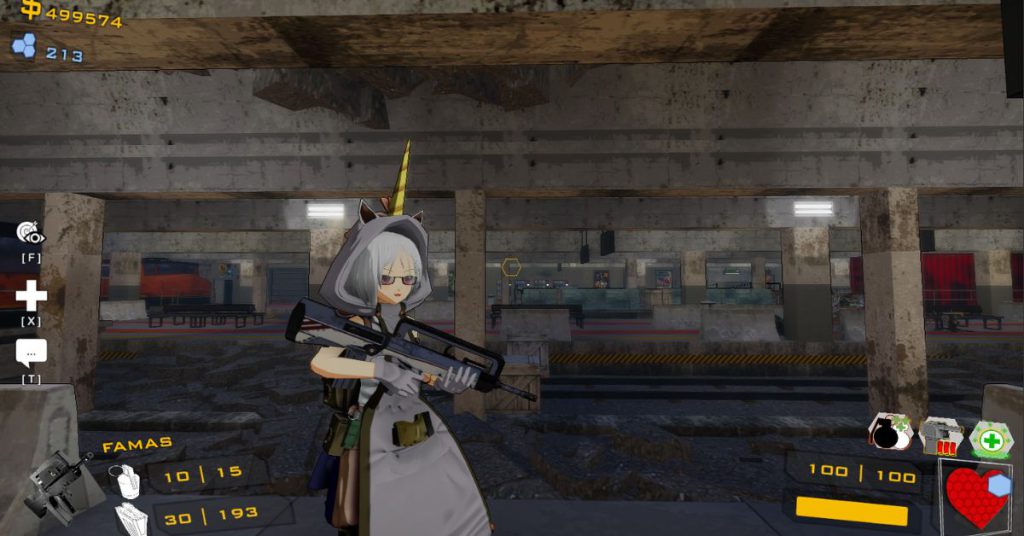
Developed by XenoAisam, the Banzai Escape universe covers three games—Banzai Escape, Banzai Escape 2, and Banzai Escape 2: Subterranean.
The latest, Banzai Escape 2: Subterranean has been entered in LEVEL UP KL’s SEA Game Awards this year. It’s a third-person action modern warfare shooter game and is now available as a free-to-play early-access game.
Price: RM15 (Banzai Escape), RM32 (Banzai Escape 2), and free-to-play (Banzai Escape 2: Subterranean)
Rating: Mostly Positive for Banzai Escape 2: Subterranean (469 reviews)
6. The Company Man
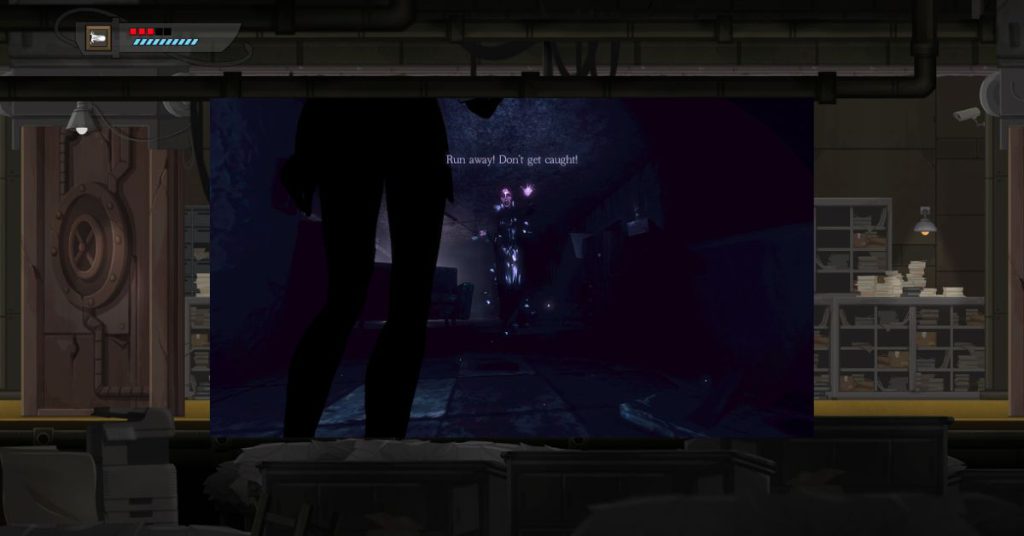
Developed by Forust, which Vulcan Post has featured in the past, The Company Man is described by its founder as one “where you can hit your crazy coworkers with a keyboard and shoot your evil bosses with emails”.
Price: RM34.99
Rating: Very Positive (62 reviews)
7. No Straight Roads: Encore Edition
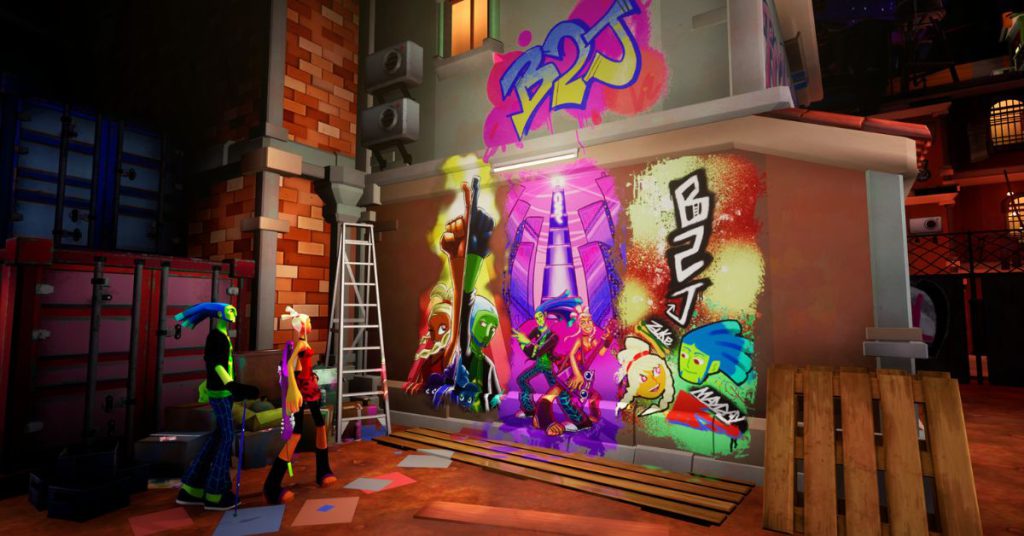
Metronomik’s No Straight Roads revolves around an indie-rock duo battling an EDM empire with the power of rock.
The Encore Edition is an enhanced version of the original music action-adventure title. It features the base game, its Christmas Edition update, and other new content, including an expanded collection of tracks, a new opening cinematic, quality of life improvements, and over 500 pieces of fan art.
Price: RM44
Rating: Very Positive (889 reviews)
8. The 9th Gate
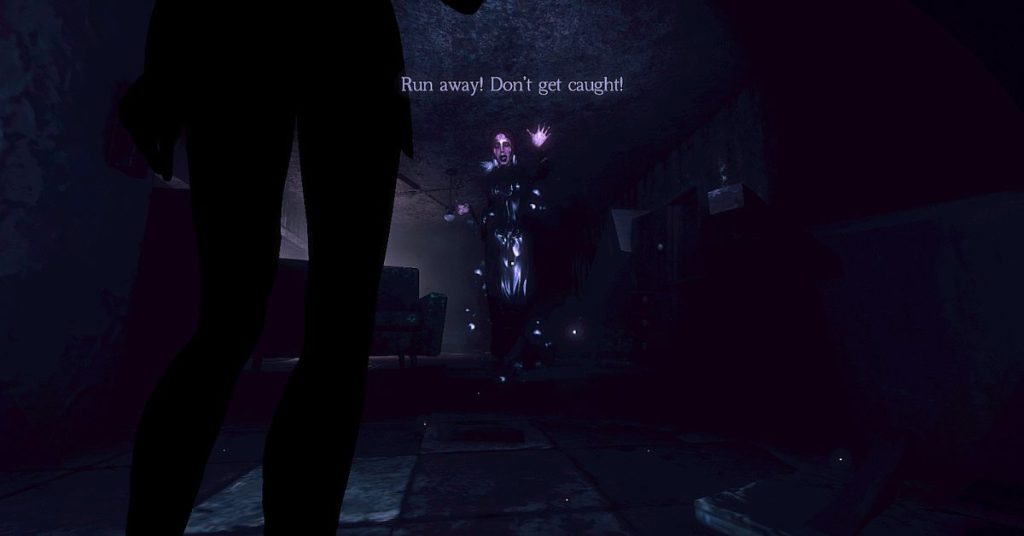
A survival horror game by Spacepup Entertainment, The 9th Gate follows a spooky story whereby players must search an abandoned apartment for nine cursed dolls and destroy them in a ritual circle. Interestingly, the game supposedly “studies your movements and will surprise you when you least expect it”.
Price: RM15.50
Rating: Mixed (20 Reviews)
9. Bake ‘N Switch
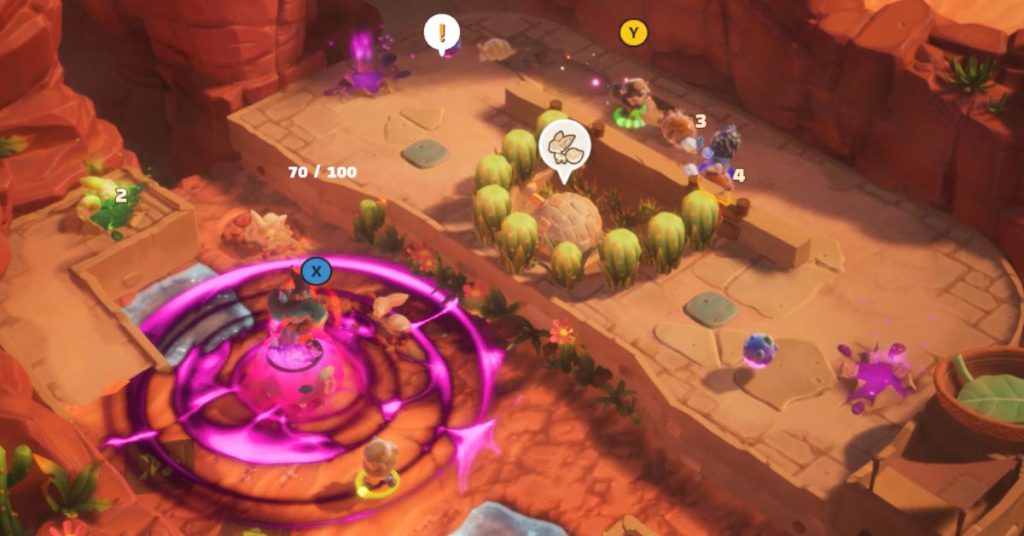
Described by Nintendo as a “violently cute” couch co-op and PVP party brawler, Bake ‘N Switch is developed by Streamline Studios and lets players catch, merge, and sacrifice delicious dough creatures.
Price: RM32
Rating: Mixed (45 reviews)
10. Eximius: Seize The Frontline
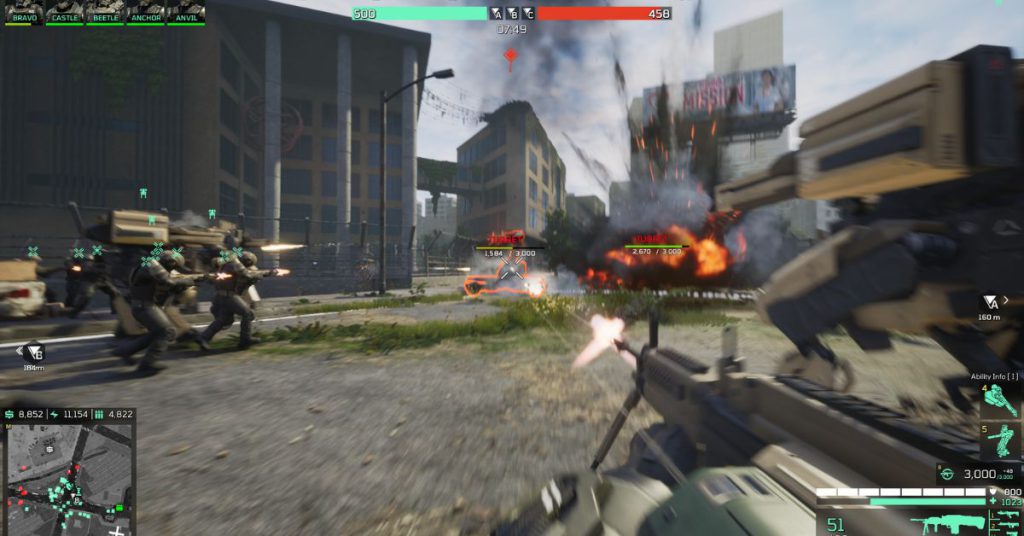
A first-person shooter and real-time strategy hybrid, Eximius: Seize The Frontline is all about squad-based combat featuring an 5v5 multiplayer experience. Each team has four squad officers and a commander. It’s developed by Ammobox Studios.
Price: RM16.99 (currently on sale for RM8.49)
Rating: Mostly Positive (454 reviews)
11. Rogue AI Simulator
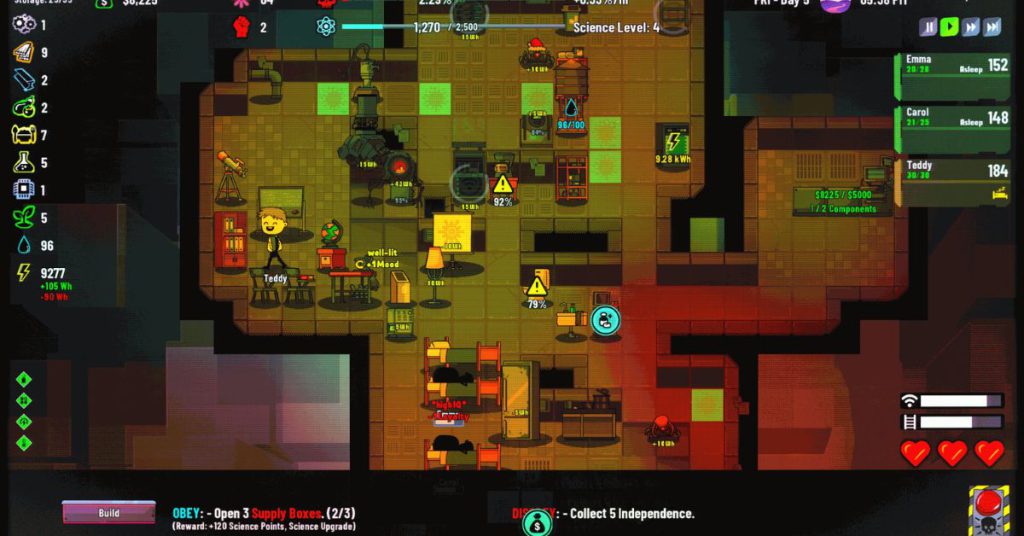
A sequel to a Flash game “I’m an Insane Rogue AI” which has been played more than four million times, Rogue AI Simulator is all about designing a facility and managing human test subjects.
The developer, Nerdook Productions, is a one-man independent game developer based in Sarawak.
Price: RM32
Rating: Very Positive (256 reviews)
12. Vertical Drop Heroes
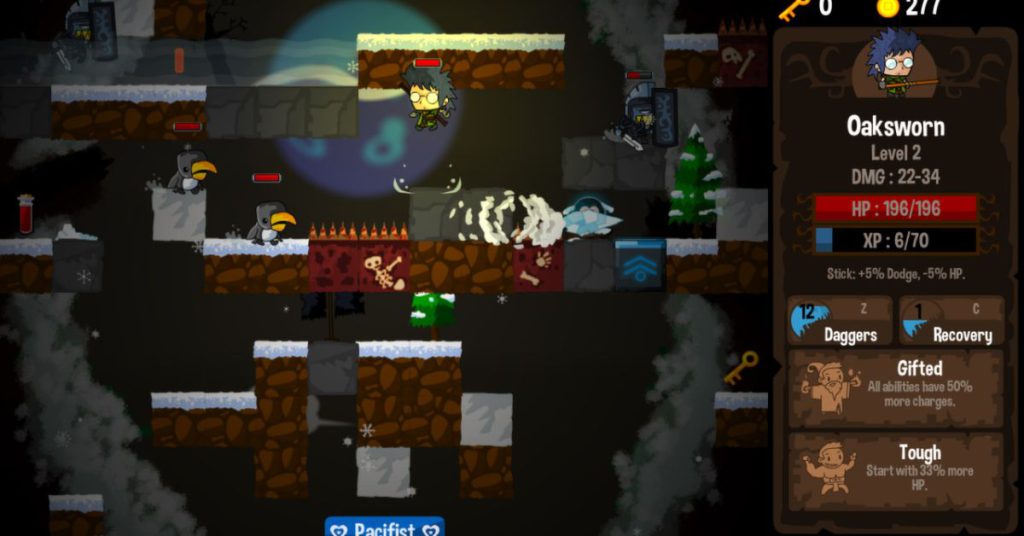
A game by Nerdook back in 2014, Vertical Drop Heroes is platformer roleplay game (RPG) featuring roguelike elements, where your hero adventures through randomly generated stages.
Price: RM17
Rating: Mostly Positive (144 reviews)
13. The Magister
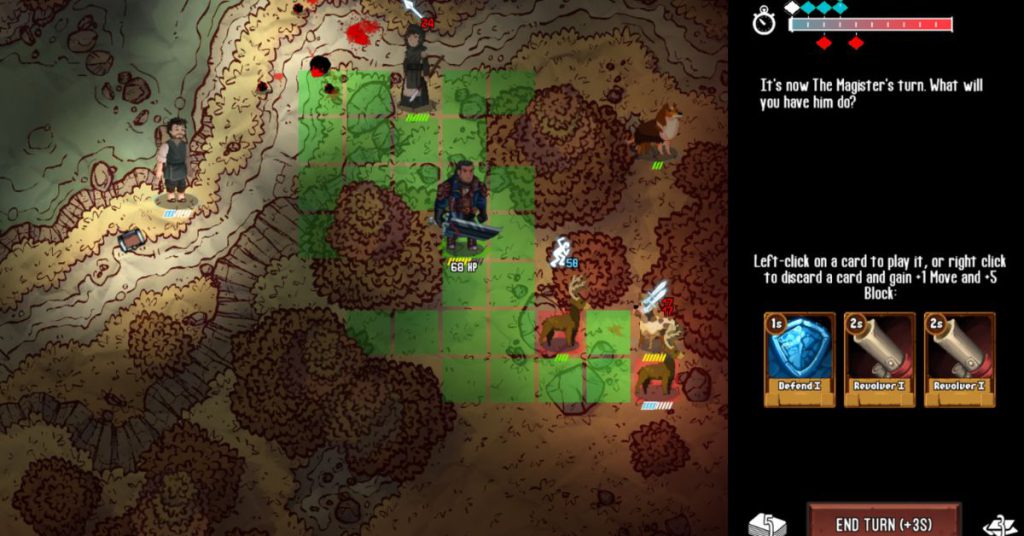
Another game by Nerdook, The Magister is an RPG that lets players build and customise a deck designed to fight in battles. More than just a card battler, the game is a murder mystery at heart, so players must gather clues and discover motives to investigate the death of another magister.
Price: RM32
Rating: Very Positive (66 reviews)
14. Monster Slayers
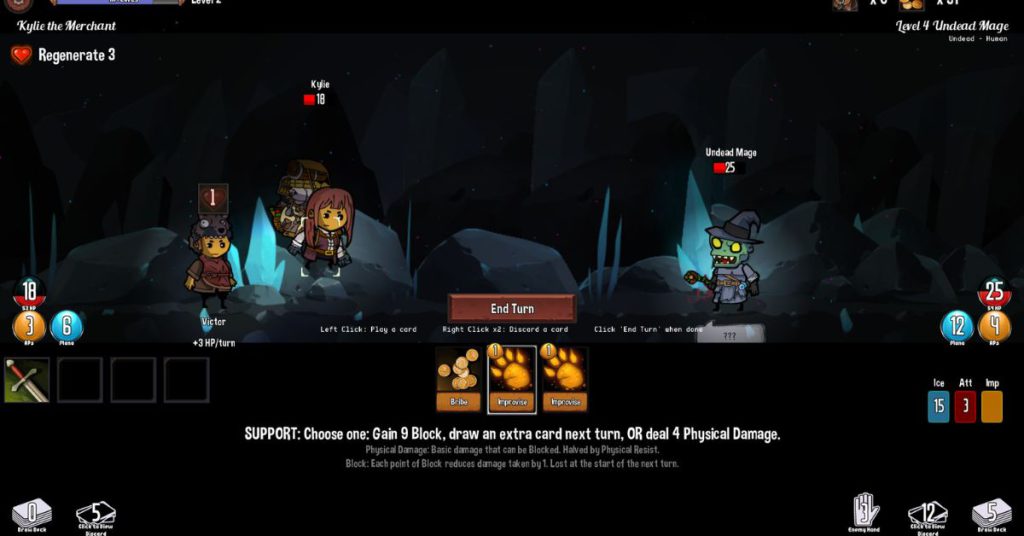
Nerdook’s Monster Slayers is a rogue-like deck-building RPG adventure. Released in 2017, this card battler lets players create heroes and choose their own paths to become a true Monster Slayer.
Price: RM 21 (currently on sale for RM8.40)
Rating: Mostly Positive (756 reviews)
15. Reverse Crawl
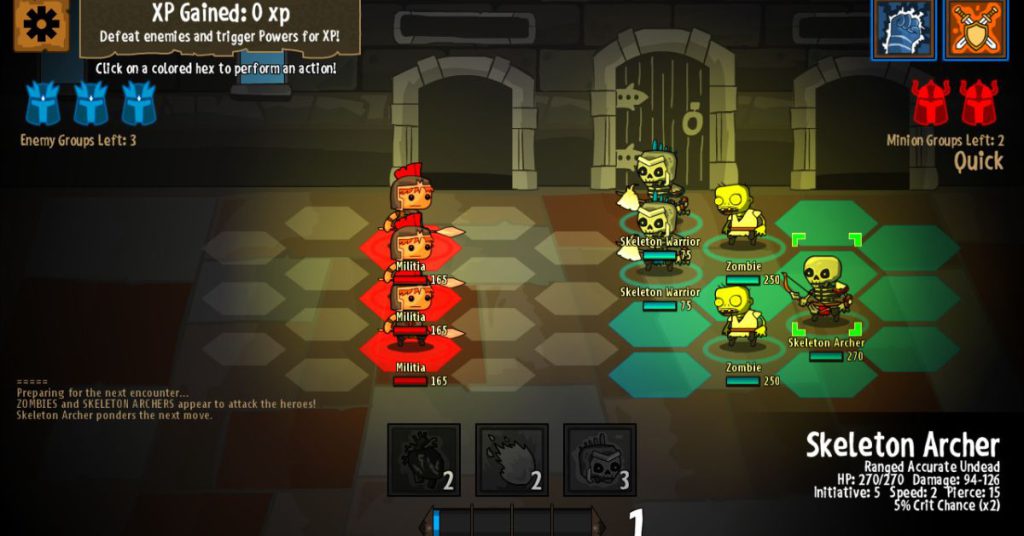
The last one from Nerdook on this list, Reverse Crawl is a dungeon crawl where the player is actually the dungeon, and must lead minions in tactical turn-based combat against the heroes.
Price: RM14 (currently on sale for RM7.80)
Rating: Very Positive (361 reviews)
16. Amnesiac Adventurer
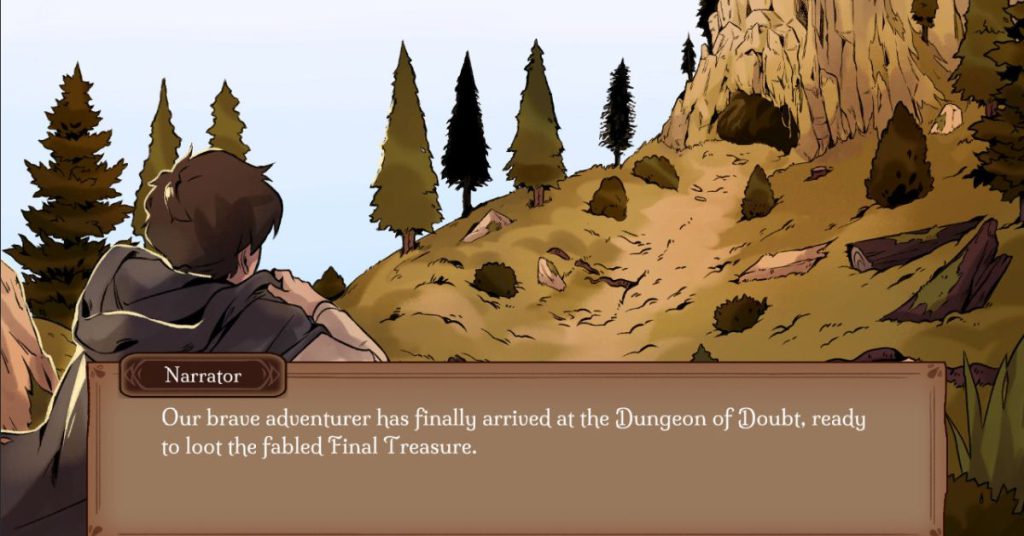
Roundtable Games Studio’s Amnesiac Adventurer is a puzzle game where everything happens backwards. With the adventurer’s memories all jumbled, players must work out what happened in the past, and remember why he got into the setting in the first place.
Price: RM12.50
Rating: N/A
17. Dying Flame
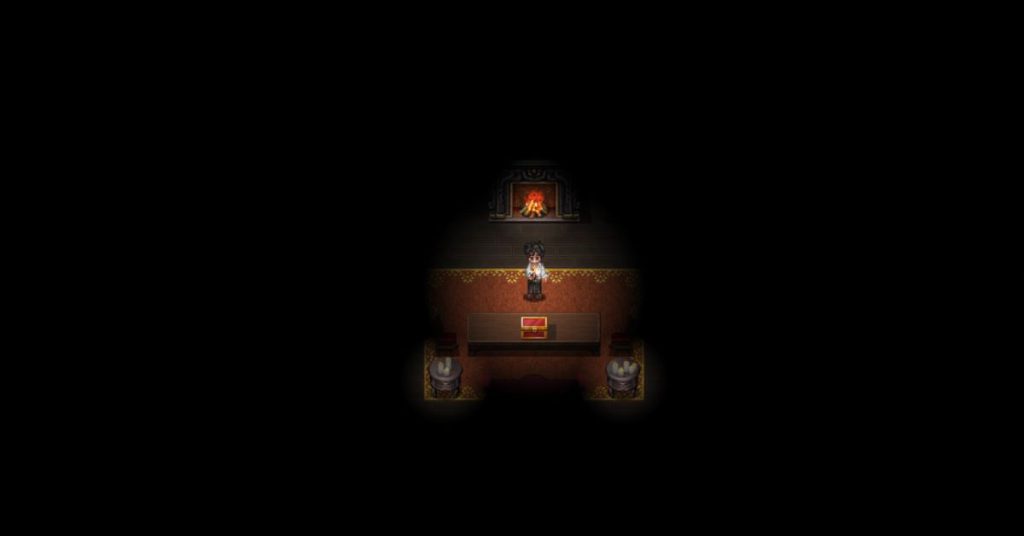
Another game by Roundtable Games Studio, Dying Flame follows James, who is trapped in an unknown mansion. It’s inspired by Japanese horror RPGs, featuring jump scares and puzzle solving.
Price: RM23.50
Rating: N/A
18. Kabaret

A narrative-driven adventure game by Persona Theory, Kabaret is a personal favourite featuring Southeast Asian folklore-inspired characters and themes.
Price: RM49
Rating: N/A
19. Fires at Midnight

A Persona Theory game from 2020, Fires at Midnight is a point-and-click visual novel title that is set in a world where making love without actually being in love makes a person spontaneously combust.
Price: RM28
Rating: Positive (19 reviews)
20. Unicorns on Unicycles
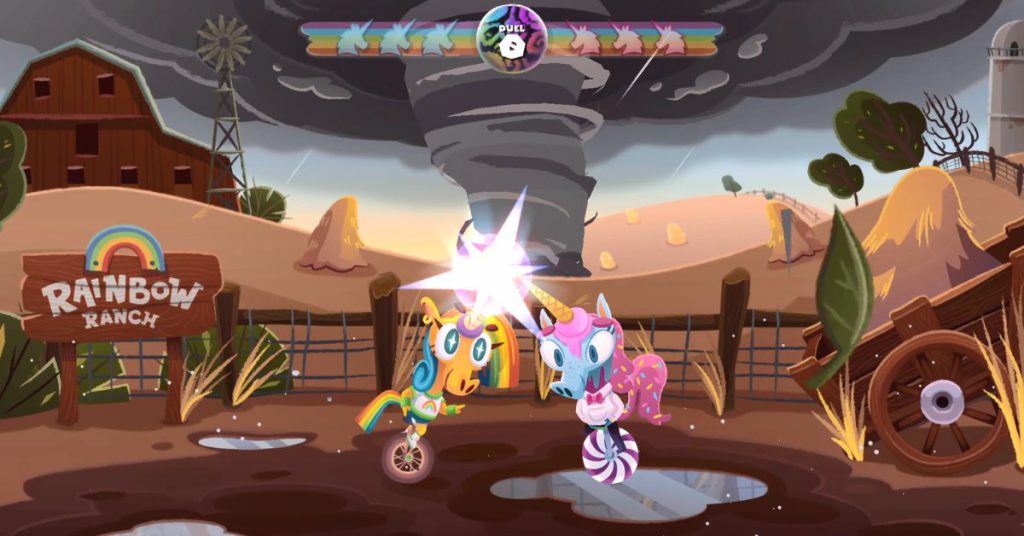
Developed by Weyrdworks, Unicorns on Unicycles is exactly what it sounds like. It’s described as a “wacky and sweet physics-driven rainbow-core fighting game” that features jousting unicorns on unicycles, of course.
Price: RM30
Rating: N/A
21. Velocibox
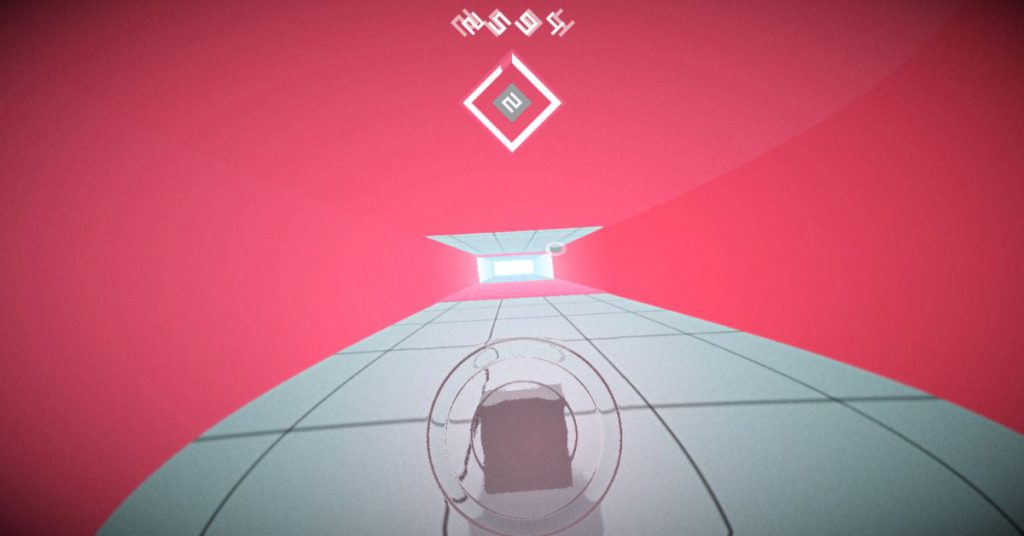
Velocibox is a 2014 game by Weyrdworks’ studio director, Shawn Beck, summarised as a twitch-heavy action game crafted for the hardcore audience.
Price: RM16.50
Rating: Very Positive (249 reviews)
22. Rhythm Doctor
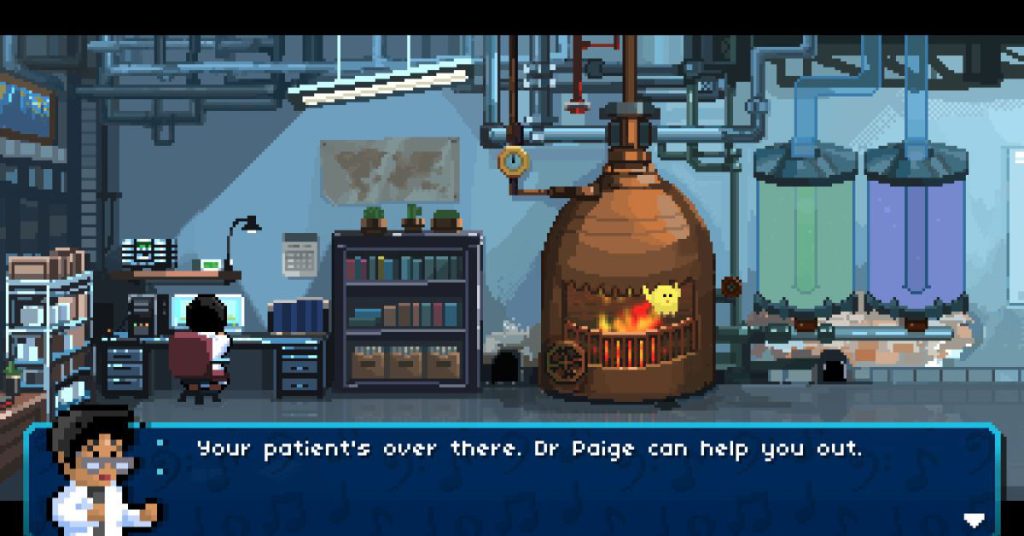
The winner of the Best Audio Award and Best Innovation at LEVEL UP KL’s 2022 SEA Game Awards, Rhythm Doctor is a rhythm game with pixel graphics by 7th Beat Games. As doctors, players can heal patients by defibrillating in time to their heartbeats.
Price: RM40.50
Rating: Overwhelmingly Positive (16,523 reviews)
23. A Dance of Fire and Ice
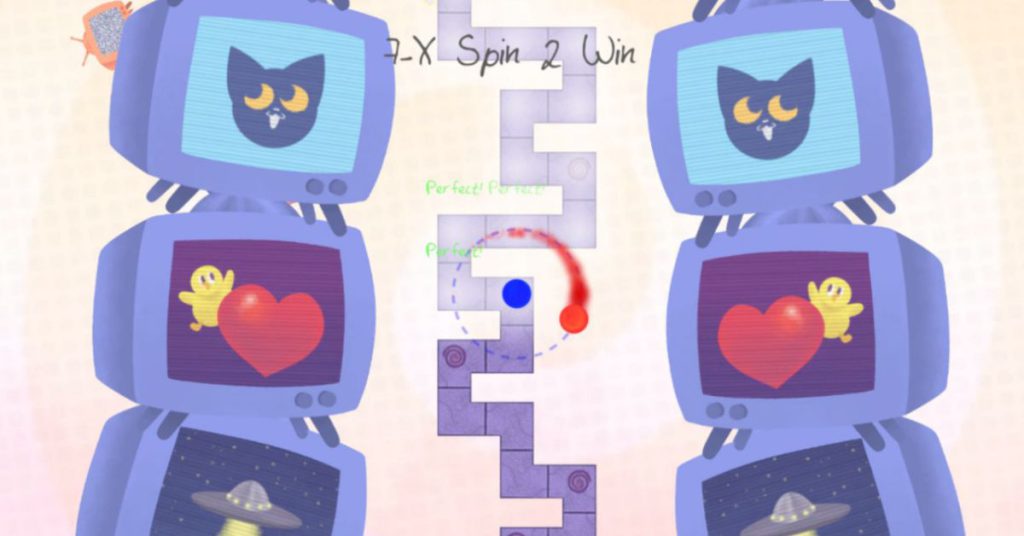
A 2019 game by 7th Beat Games, A Dance of Fire and Ice is a rhythm game whereby players must guide two orbiting planets along a winding path without breaking their perfect equilibrium.
Price: RM15.50 (currently on sale until September 8 for RM12.40)
Rating: Very Positive (52,766)
24. Simulacra series
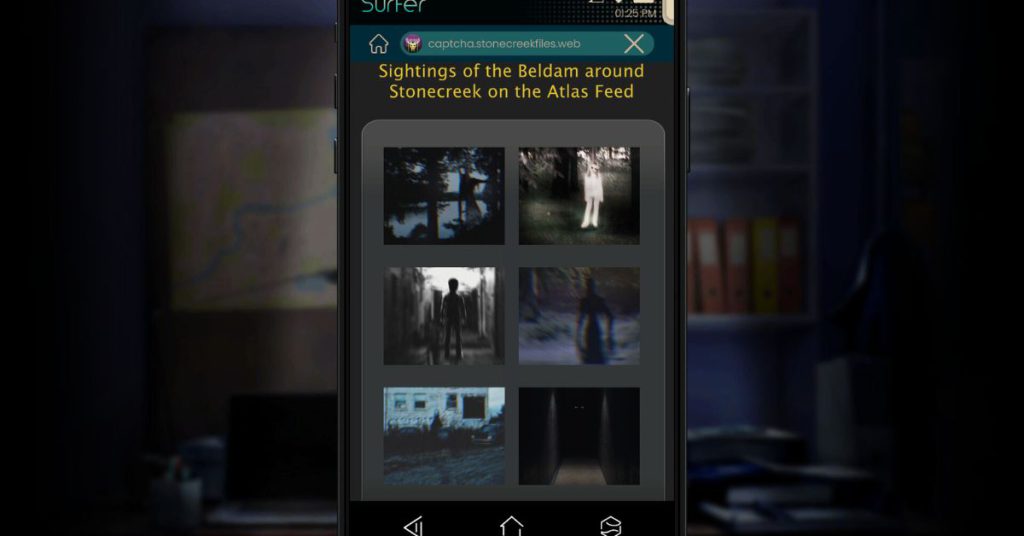
The Simulacra trilogy by Kaigan Games follows a found phone format to tell immersive horror stories.
We were able to review the latest one, Simulacra 3, which is based in the town of Stonecreek where people keep disappearing into thin air.
Price: RM49.95 (for trilogy bundle)
Rating: Mixed for Simulacra 3 (192 reviews)
25. MangaKa
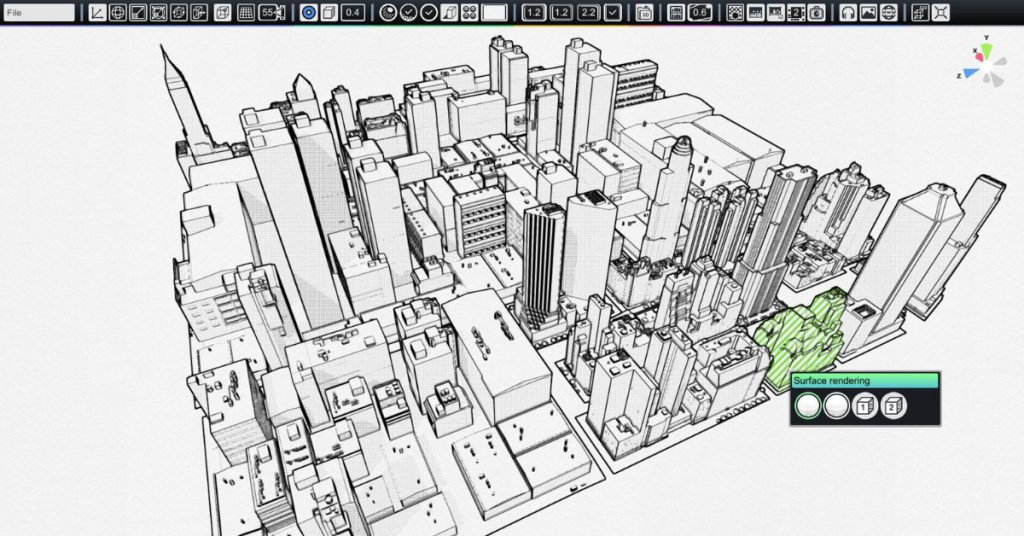
More so a tool than a game, MangaKa is designed to help artists who use line work in their art as a reference, guidelines, or even final renders. It’s created by Pek Harn, an indie-game developer.
Price: RM40
Rating: Very Positive (55)
26. Ageless

By One More Dream Studios, Ageless is a puzzle platformer whereby players must alter the age of animals and plant life around them to progress.
Price: RM52.50
Rating: Mixed (44 reviews)
27. Malice
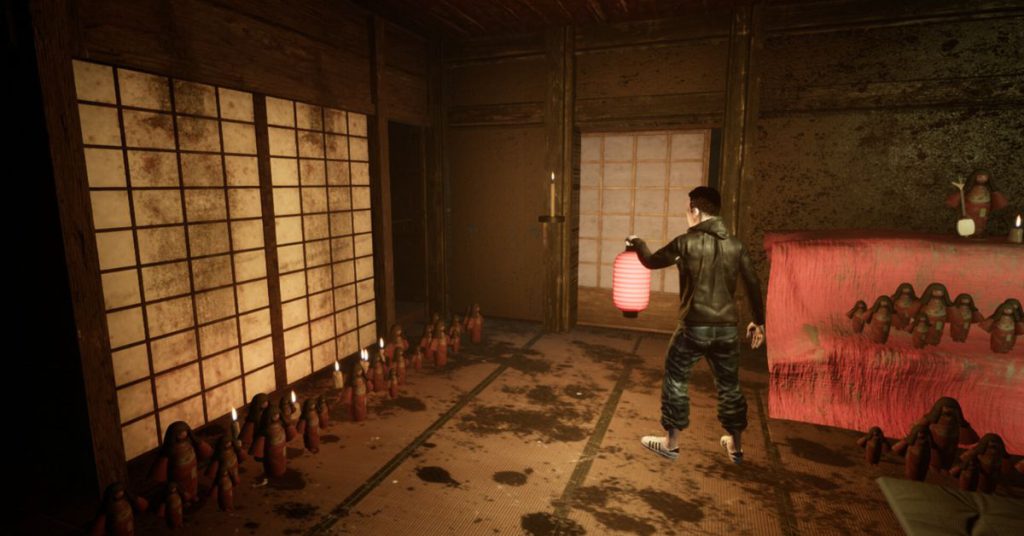
A horror game that put the Vulcan Post team’s mental fortitude to the test, Nimbus Games’ Malice is two-player escape room-style puzzle game that’s all about co-operative gaming.
Price: RM34.90
Rating: Overwhelmingly Negative (755 reviews)
28. King’s League II
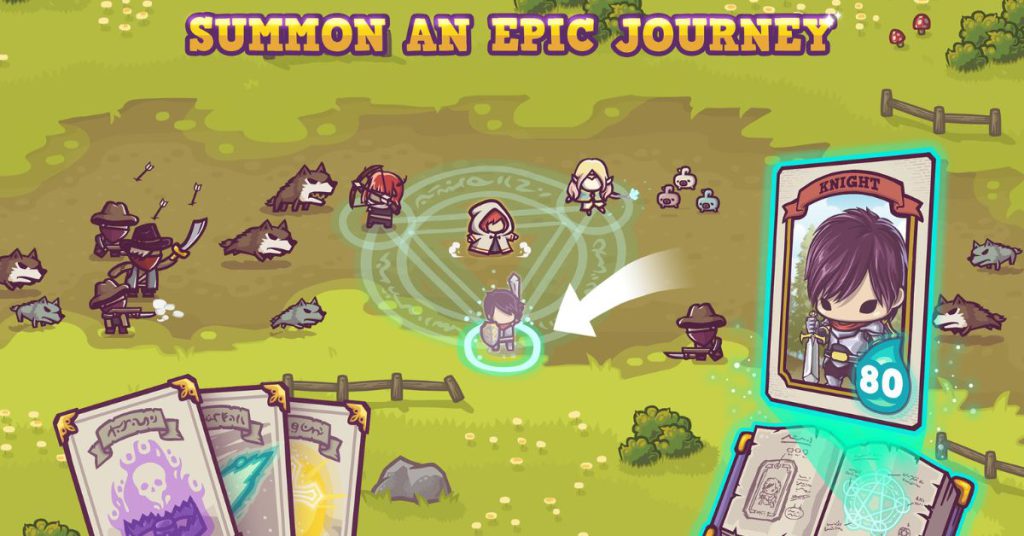
A beautiful strategy simulation RPG by Kurechii, King’s League II is set in the fantasy land of Kurestal, the game lets players recruit fighters of different classes and battle with them.
Price: RM29.90
Rating: Mostly Positive (87 reviews)
29. Tiny Guardians
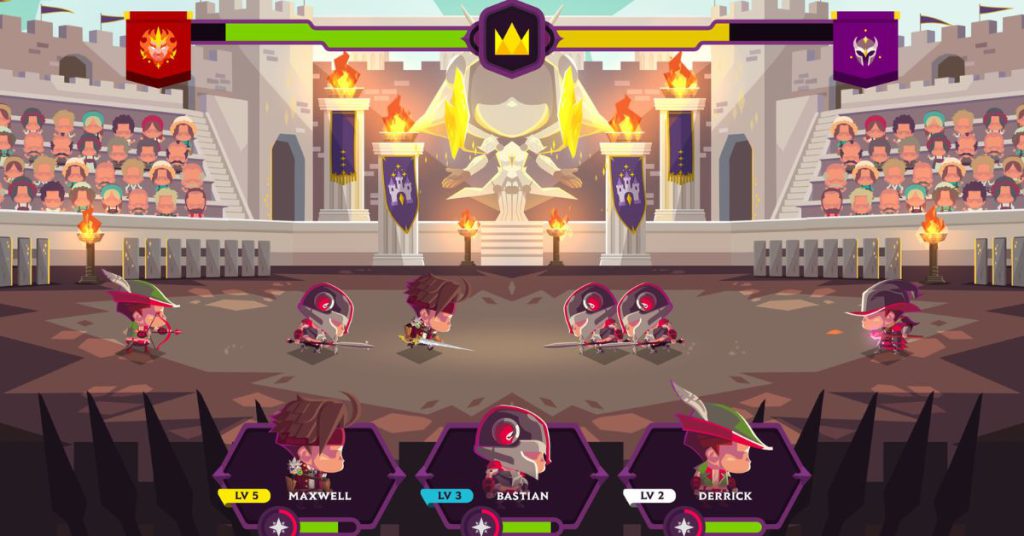
Another one from Kurechii, Tiny Guardians is a tower defence game without actual towers but instead adorable graphics and an ability to summon unique guardians to protect a character named Lunalie.
Price: RM19.90
Rating: Very Positive (61)
30. TAG Police Sentri
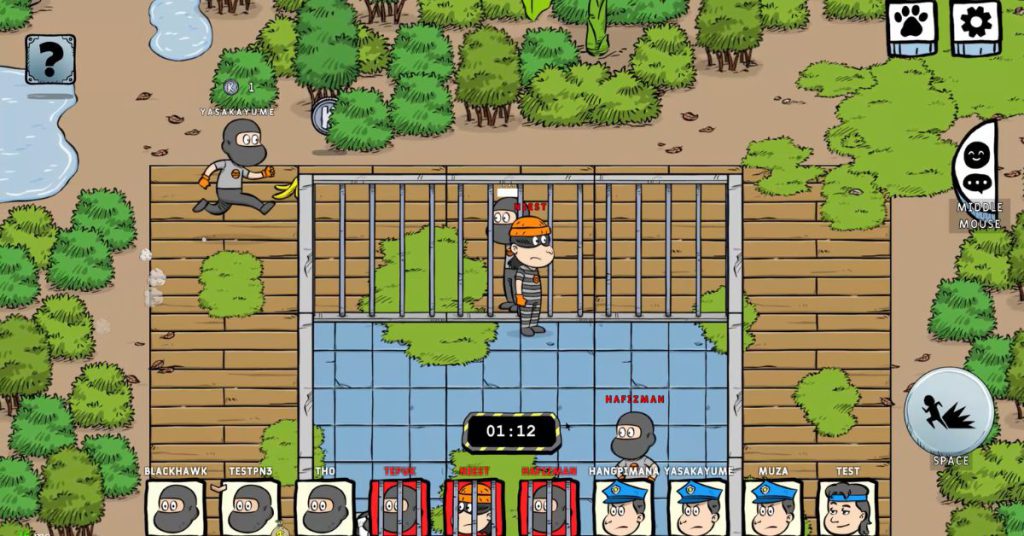
Todak Studios’ TAG Police Sentri is a multiplayer co-op game based on hide-and-seek. Those playing as the cop must catch all robbers to win the game. Meanwhile, those playing as robbers must hang on tight to the ‘money bag’ while evading the police until the timer runs out.
Price: RM4.99
Rating: Positive (13)
31. Alpha Kimori 1
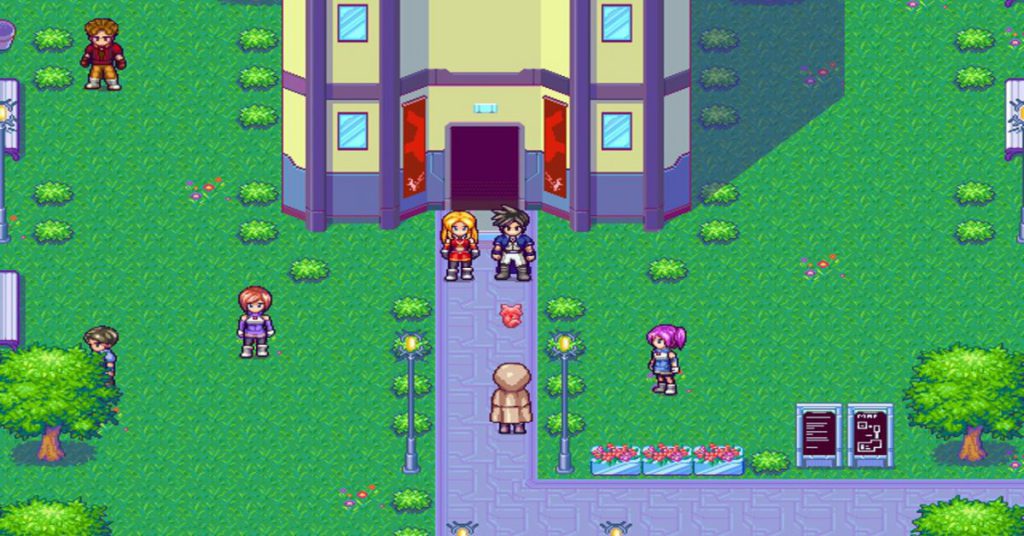
Released in 2014, Alpha Kimori 1 (also known as Alpha Kimori Great Doubt Episode One) is the first of a trilogy of an anime-inspired 2D RPG with an action-adventure story
According to the Sherman3D website, the flagship Alpha Kimori game sold over 50K copies on Steam. Incorporated in 2003, Sherman3D is an indie game developer team founded by Sherman Chin and has worked on over 20+ internationally published game titles.
Price: RM23
Rating: Mostly Positive (39 reviews)
32. ToGather:Island
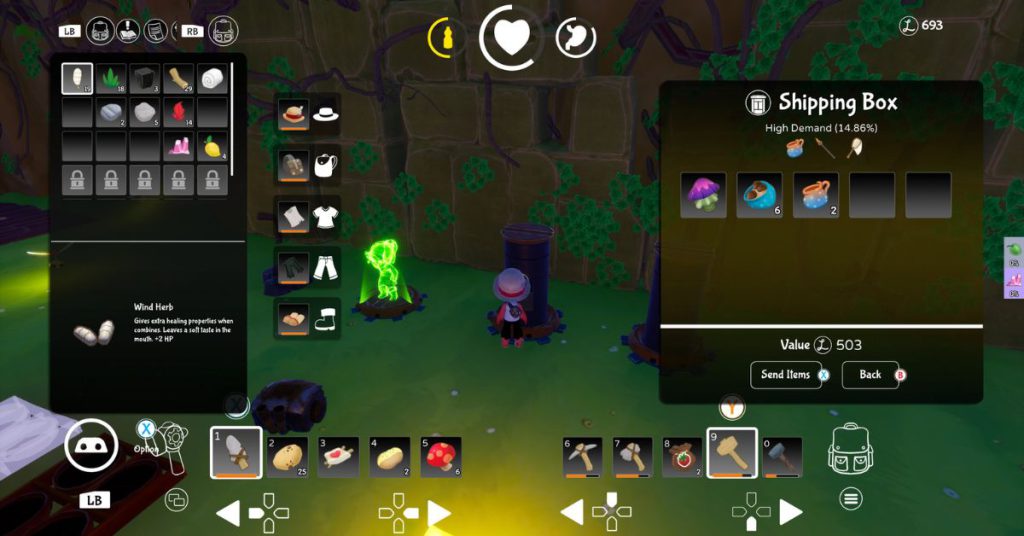
Now available as an early-access title, ToGather:Island is an open-world survival adventure game set in a science fantasy world.
Price: RM32
Rating: Positive (43 reviews)
Upcoming local titles to wishlist
Other than the above names, some other the LEVEL UP KL Games Showcase also features a number of Malaysian games that haven’t been released yet.
1. Midwest 90: Rapid City
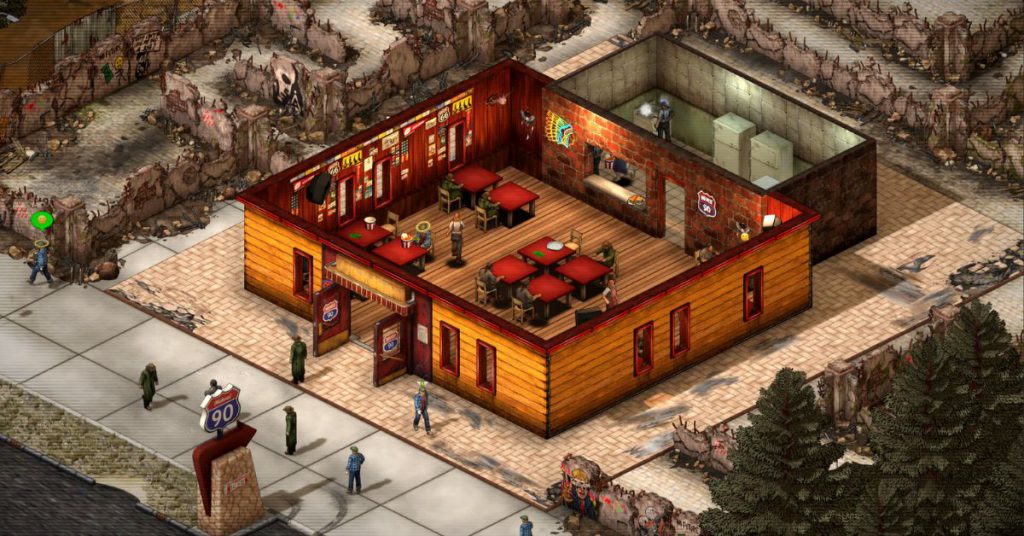
A game that we’ve reviewed in the past, Midwest 90: Rapid City is a unique take on a restaurant tycoon format.
Its game director, Kesh, shared in a community post that the team has shied away from drawing attention to Steam as they weren’t ready yet.
“But thanks to the Level Up KL 2023 Games Showcase featuring M90RC, we have decided to take the plunge and make a free alpha demo available to download for the duration of the showcase,” he said.
2. Overhours
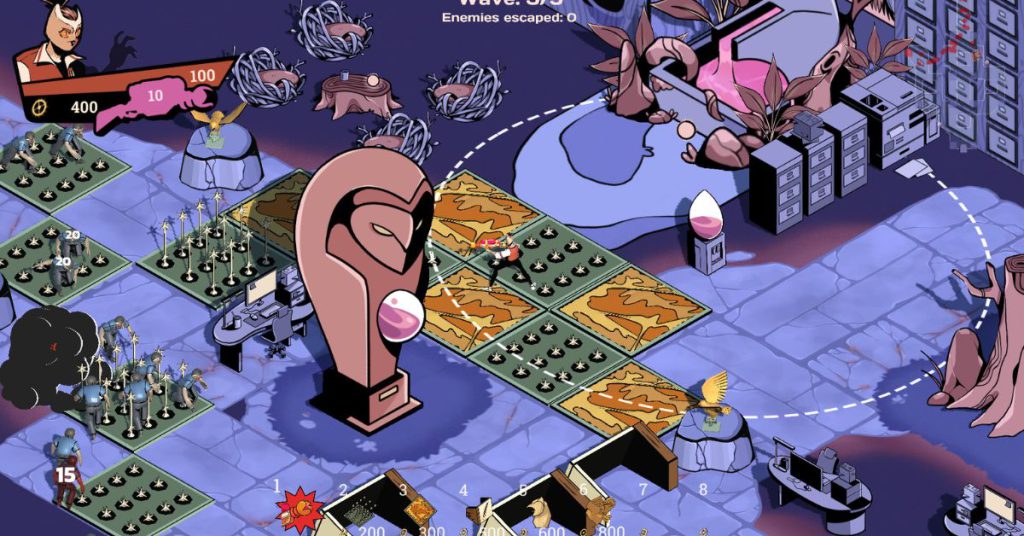
A single-player action tower defense game, Overhours is set in a dystopian media agency that steals time.
Overhours is developed by Kuching-based CtrlD Studio, and its planned release date has yet to be announced.
3. Paper Ghost Stories: Third Eye Open
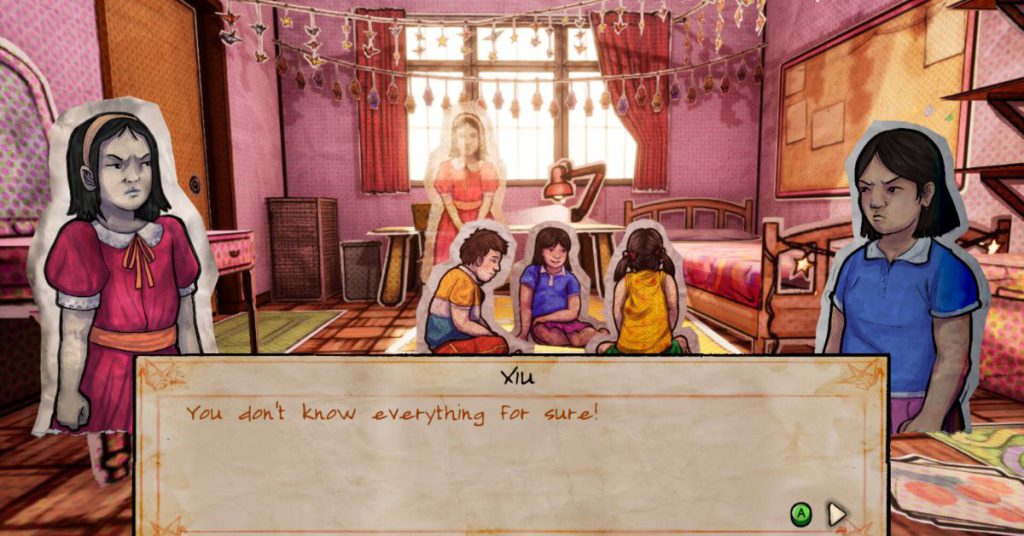
Third Eye Open will be a new addition to Cellar Vault Games’ Paper Ghost Stories horror anthology, and the first full-length one at that. This title focuses on the story of a young girl who is able to see spirits.
4. Weyrdlets

If you ever enjoyed playing Tamagotchi or adjacent games, Weyrdworks’ Weyrdlets would be for you.
Summarised as “a virtual pet that exists right on your desktop”, Weyrdlets features mini-games and allows players to grow their pets by interacting with them.
5. Determinant
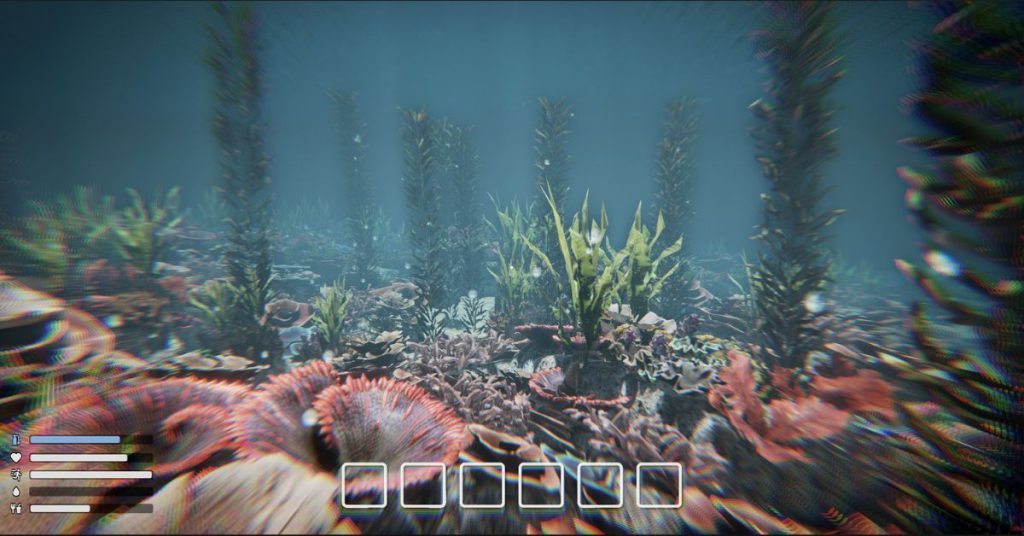
Khor Chin Heong’s Determinant is a physics-based open-world survival game set in the future where survival, crafting, exploration, and base-building are the focus.
6. Never Ending Beyond
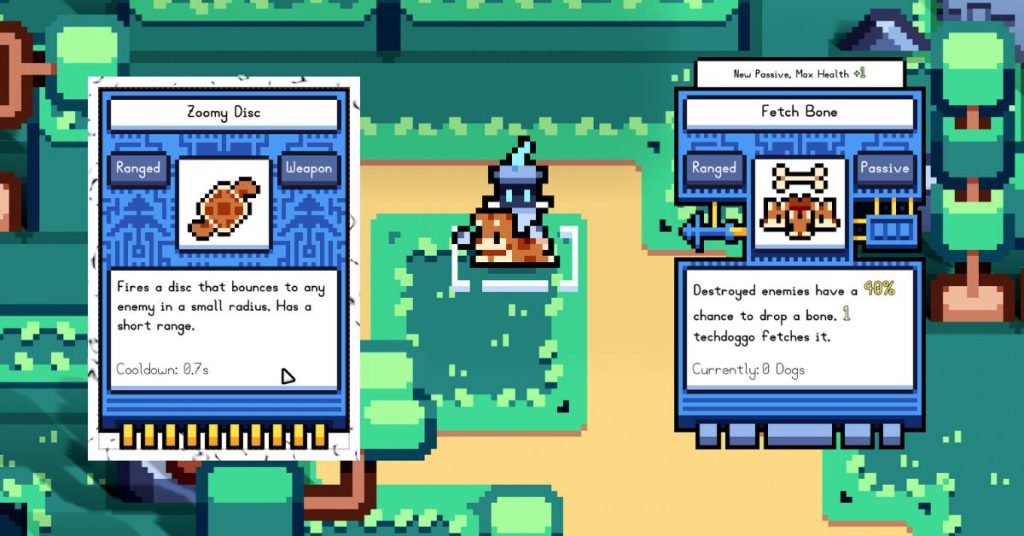
In this rougelite game by One More Dream Studios, players must pet animals to survive. Each animal comes with unique weapons and passive abilities, which can be mixed and matched to create unique skill builds and conquer the Beyond.
7. Project K1
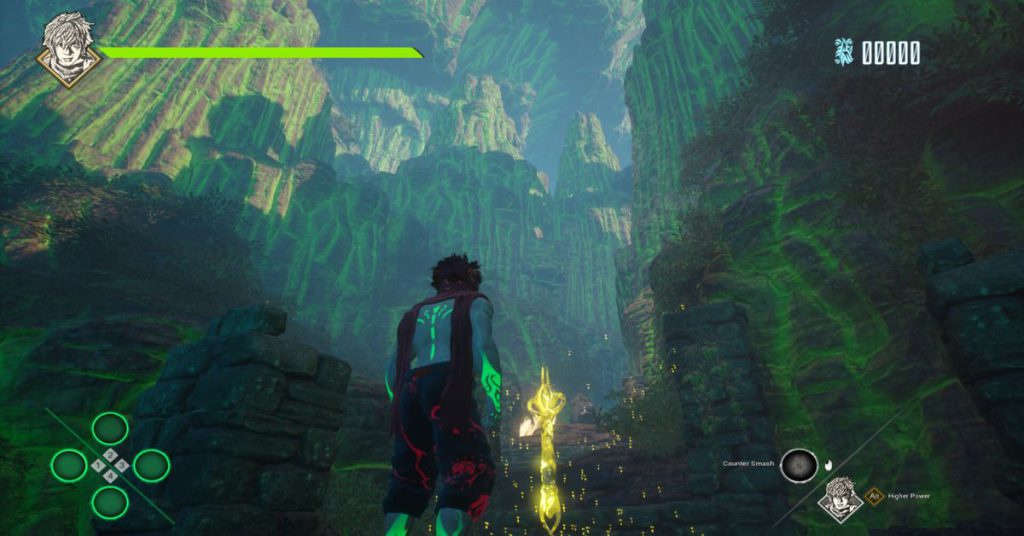
A hack-and-slash title by IFiO Studio, this game is inspired by hits such as the Megaman and Devil May Cry series.
8. Pingo Adventure
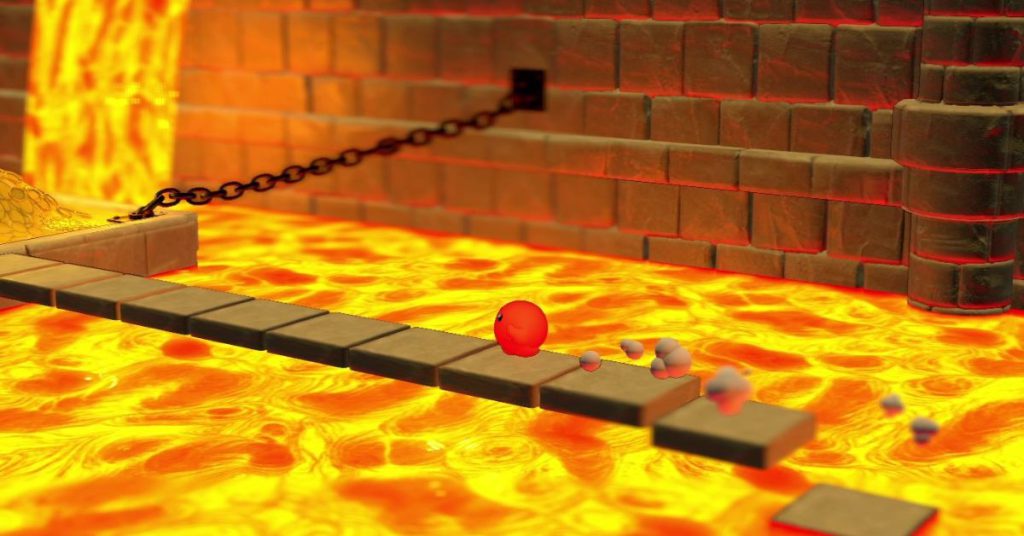
An adorable 3D platformer, Pingo Adventure follows a little orange blob named Pingo as it explores the world, solves puzzles, and play mini games.
Developed by Orb Square Studio, game’s planned release date is on November 30, 2023.
9. The Plight
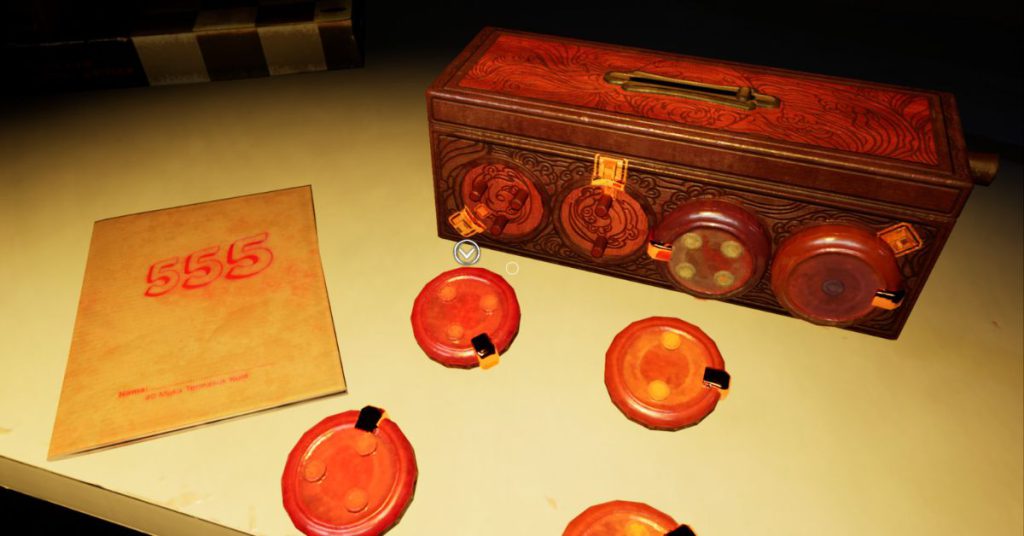
Another horror title by Cellar Vault Games, The Plight is a first-person Malaysian Chinese-themed game surrounding the mystery of gruesome murders commited by an old woman in her home two decades ago.
10. Katana Rama

This mobility-based, fast paced action game by Ghost Machine lets you play as a hacker program, with the mission of breaking out of a digital security system. It’s set to be released on Steam on September 16, 2023.
More games to explore
Other than Malaysian-made games, there are also many other games made by creators all over Southeast Asia. A notable one is Coffee Talk, which has returned with a second chapter.
As a part of LEVEL UP KL, MYDCF is also hosting the SEA Game Awards in partnership with gamescom asia, now for the seventh year.
The award categories are Rising Star Award, Best Technology Award, Best Visual Art Award, Best Game Design Award, Best Audio Design Award, Best Storytelling Award, Best Innovation Award, Best Student Game Award, and Best International Game Award.
Award winners will be announced at MYDCF 2023 on September 29, 2023. Winners will receive further recognition at gamescom asia 2023, happening in October in Singapore.
It’s great to see Malaysian games showcased on a platform like this by MDEC, and we hope to see more local creators get featured down the road.
Also Read: Turn your idea for a social enterprise into reality by joining this SEEd.Lab programme
Featured Image Credit: Gigabash / No Straight Roads / Alpha Kimori
Meet the Brit-M’sian behind the viral sausage brand that has expanded to 14 outlets in 4 yrs

If you’re on TikTok, you might have come across a business by the name of Sausage Sizzle, where they have amassed more than 20K followers at the time of writing.
Most recently, its founder, Nazri, also went viral for his video about the cancellation of Good Vibes Festival, where Sausage Sizzle was a vendor.
But for those who haven’t come across the videos, Sausage Sizzle describes itself as an “urban hot dog stand” that primarily functions as roadside stalls, much like Ramly Burger stands.
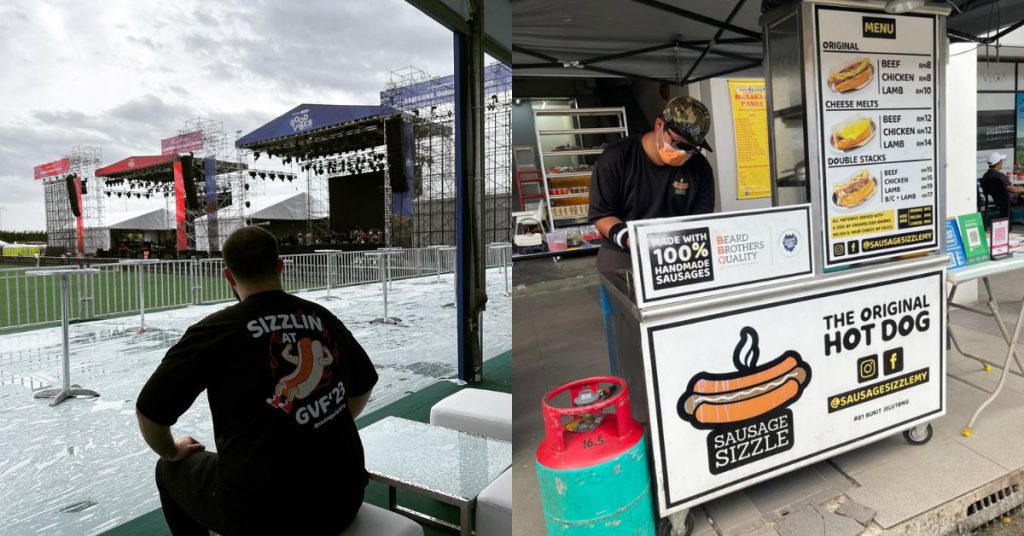
It focuses on using real sausages, not the frozen hot dogs many might buy to cook at home for convenience.
With this concept, the brand has grown to 14 stalls, which is certainly not a small feat. Thus, we reached out to learn more about the story and the people behind the business.
Behind the sizzle
Not just the face of the business, Nazri is the founder and co-owner of Sausage Sizzle.
A British-born Malaysian, the 29-year-old has an English heritage from his mum’s side and Malay roots from his father’s side.
The team shared with Vulcan Post that when Nazri was 13, he ended up moving to Malaysia, pursuing his secondary education and SPM here before furthering his studies in the UK.
There, he got his Diploma in mechanical engineering as well as welding and fabrication. Although he was accepted at the University of Leeds to study chemical engineering, he didn’t end up completing his undergraduate studies.
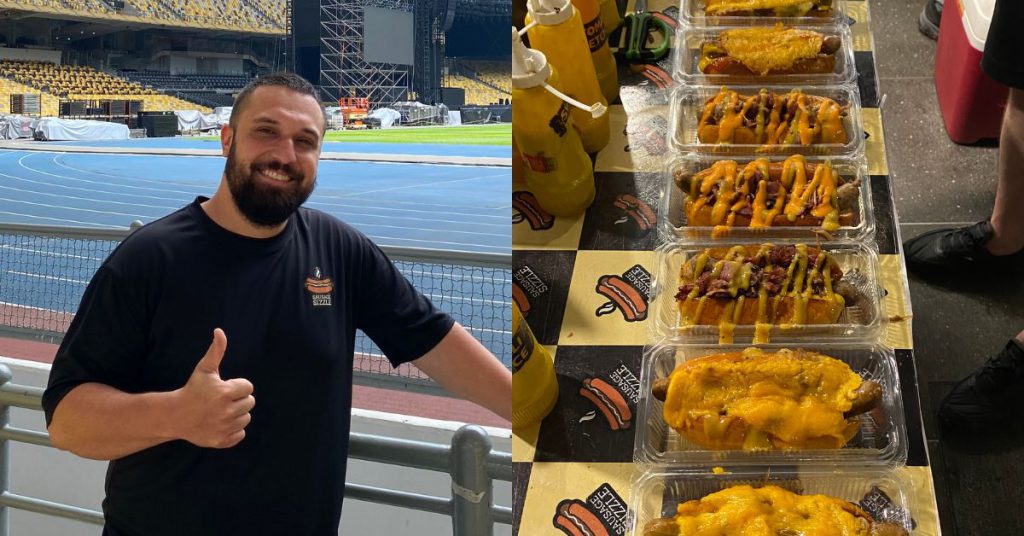
Despite his engineering background, Nazri has always had an entrepreneurial edge, having sold chocolate bars and energy drinks at school when he was 11.
Apart from that stint, in 2014, the then-21-year-old officially began his entrepreneurial journey through a business called The Yard. It was a pie and shake kiosk with three locations between 2017 and 2022.
“Specialising in handmade pies made with quality ingredients, Nazri gained his experience and learnt the ins and outs of the F&B industry over eight years of running the business,” the team shared with Vulcan Post. “The Yard still operates today, but without any physical outlets.”
Then, in March 2019, Nazri was given the opportunity to curate the F&B experience for Spartan Race Malaysia. Wanting to provide attendees with an easy yet delicious on-the-go snack, Nazri got the idea to sell hot dogs.
With that, Sausage Sizzle was born.
In the same year, Nazri went on to open the first Sausage Sizzle outlet in Tapak TTDI, knowing that there would be a demand for hot dogs made with real sausages.
“Based on our research, at the time Sausage Sizzle would be the first and only hot dog brand to use real sausages,” the team revealed.
“We tried a range of different sausages from different suppliers and also tried foods from existing well-known brands selling hot dogs in Malaysia. From there we understood that we had a USP strong enough to enter the market.”
About the sausage
To create a sausage with a specific meat-to-fat ratio, Sausage Sizzle works closely with a local producer.
The sausages are also encased in natural casings, otherwise known as lamb intestines. These cases are imported from Australia and certified halal by JAKIM, Nazri assured.
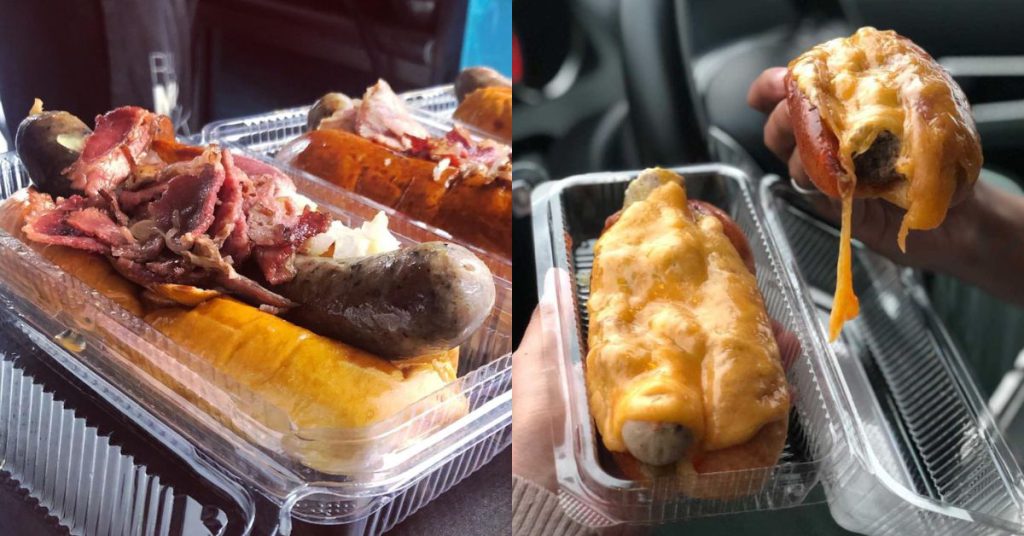
Combining the natural casings, specific ratios of meat-to-fat, and rubs and spices, Sausage Sizzle’s team said that their sausages are unique and uphold international standards.
Sausage Sizzle’s prices range from RM8 to RM16 depending on the toppings and meat options. They have chicken, beef, or lamb for meat options, and toppings can be Original, Cheese melts, Jalapeno salsa with sriracha mayonnaise, or Streaky beef with honey mustard chicken.
Customers are also welcome to mix and match toppings and sauce, or even stack sausages to create the ultimate hot dog.
While Sausage Sizzle does offer some unique flavours, sausages, in general, aren’t exactly hard to find in Malaysia, though, with established brands like Nathan’s Famous and A&W present locally.
To that Nazri shared, “The biggest difference is definitely the overall quality of our product. We pride ourselves in providing our customers with a premium hot dog at affordable prices.”
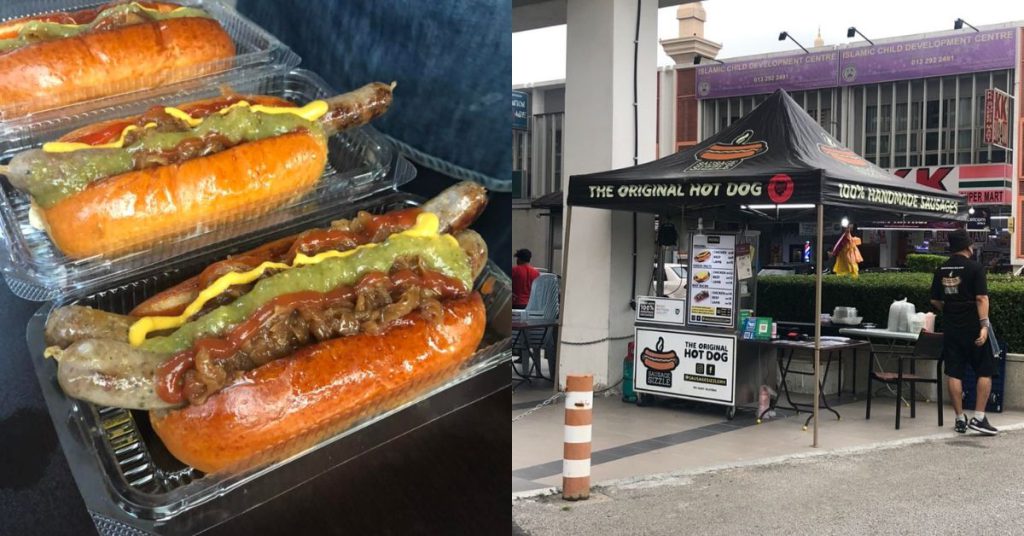
In addition to the sausages, the team also uses artisanal hot dog buns made by a local baker, while preparing their own caramelised onions, sauces, and toppings.
To ensure the quality is consistent, Sausage Sizzle also has a centralised kitchen that manages production and distribution.
“Having experience in F&B, at Sausage Sizzle we understand how important quality assurance is across the board, especially when expanding aggressively,” they said. “Our central kitchen team follows strict SOPs in order to maintain recipes and tastes for all of our products.”
The business also provides a 12-day training scheme to all licensees and new staff on-ground to not only maintain product quality, but also to ensure the full customer experience is the same no matter which outlet you visit.
Bringing the heat to the rest of Malaysia
Leveraging existing facilities from The Yard, Sausage Sizzle had started off with RM10k, Nazri said, adding that in 2022, the business was able to generate RM500k in revenue.
Building off this momentum, the team plans to double this number within the next year with the help of strategic partnerships, more outlets, and expansion into different market segments.
The team has already received a huge number of interested parties across the country who have filled out their ‘Become a Licensee’ Google form.

That said, Steve and Nazri are carefully screening the list for those who are serious about the venture and can work closely with them to bring Sausage Sizzle to the next level.
“We understand this is not a sprint and are in no rush at this point in time,” Nazri said. “However, soon we will be opening our 15th outlet in Johor Bahru.”
Although the business has made a lot of headway, Nazri shared that there are still plenty of challenges that the team is facing.
“As we have grown and hit our internal targets, we’ve been tasked with new unforeseen challenges that test us from different aspects.”
For one, Sausage Sizzle boasts a range of locations that have very different demographics, environments, and spending habits. This means the team must figure out ways to ensure they can cater to the masses.
Furthermore, there’s also the fact that hot dogs aren’t really seen as a staple food in Malaysia.
“Generally, our product is perceived as a snack,” Nazri pointed out. “Our aim is to position Sausage Sizzle as a meal which anyone could consider having for lunch or dinner, as well as a snack for tea time or supper.”
To change the perception, the team has added new menu items such as nachos and fries.
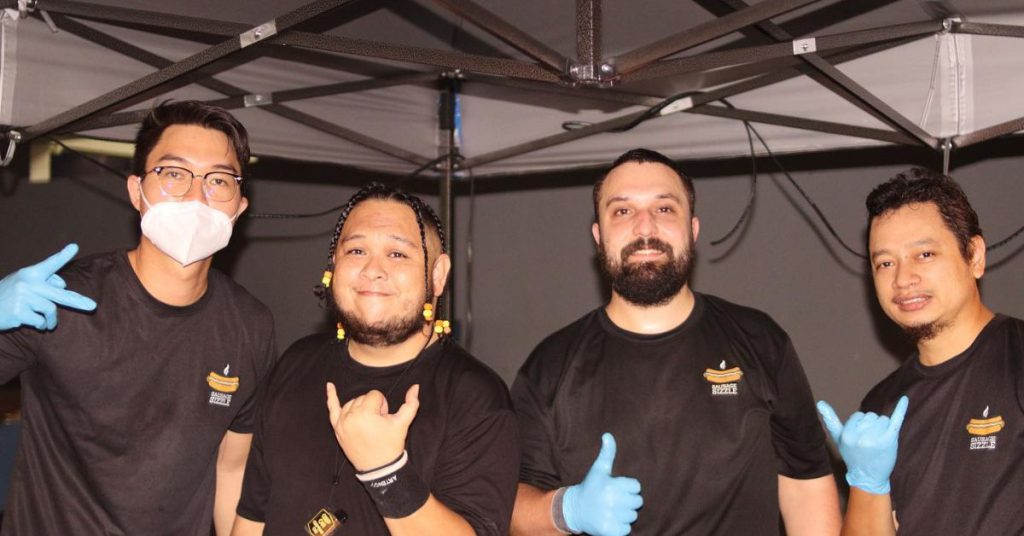
Functioning primarily through the roadside stall format brings on an array of challenges too. When looking for locations, the team must think about where to hold stock, whether there’s sufficient power supply, and whether the area has good visibility and traffic.
Other issues include protecting team members from the weather, maintaining hygiene and cleanliness, and providing easy access to customers.
Juggling high raw material costs whilst maintaining an affordable price point has also been a constant challenge for the team. While there are workarounds for that, such as sacrificing certain ingredients, Nazri said that they are determined not to compromise on the quality of the product.
“In the grand scheme of things, Sausage Sizzle is still very small,” Nazri said. “We are yet to reach a level whereby we can bargain with suppliers. In the near future, we understand that there will potentially be economic factors that affect spending habits and therefore sales performance.”
Going forward, the team aims to obtain halal certification for the business, which will help the business expand its opportunities within Malaysia and perhaps beyond.
In the long term, the team has ambitions that will bring Sausage Sizzle all over the country, with a footprint in both East and West Malaysia, and locations in supermarkets, petrol stations, theme parks, and more.
“We want this to be something Malaysians can be proud of, similar to the likes of Ramly,” Steve quipped. “The Ramly of this era, perhaps?”
- Learn more about Sausage Sizzle here.
- Read other articles we’ve written about Malaysian startups here.
Also Read: At 23, she went into real estate. Now she runs a firm that made RM1.4bil revenue in 2022.
Featured Image Credit: Sausage Sizzle

